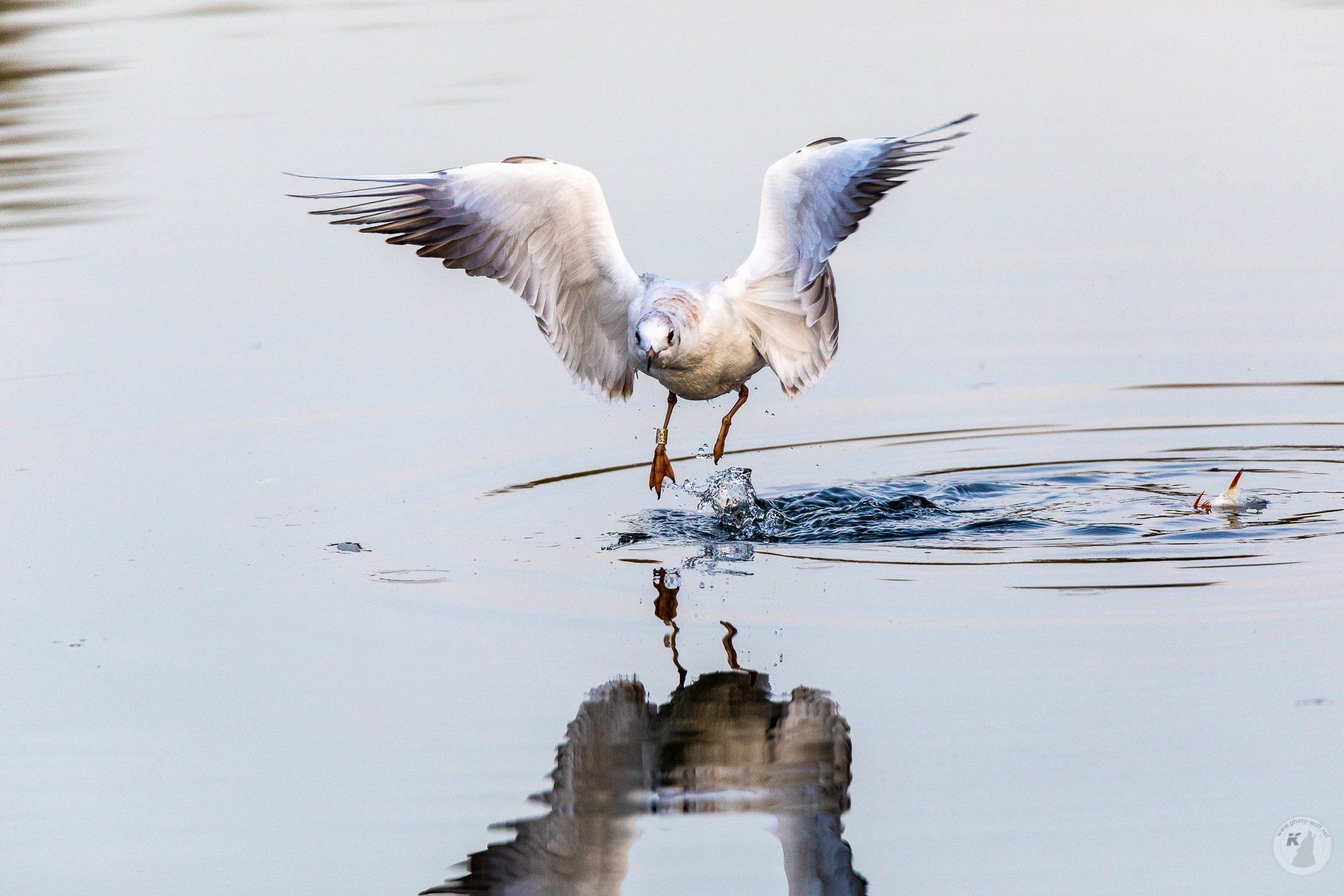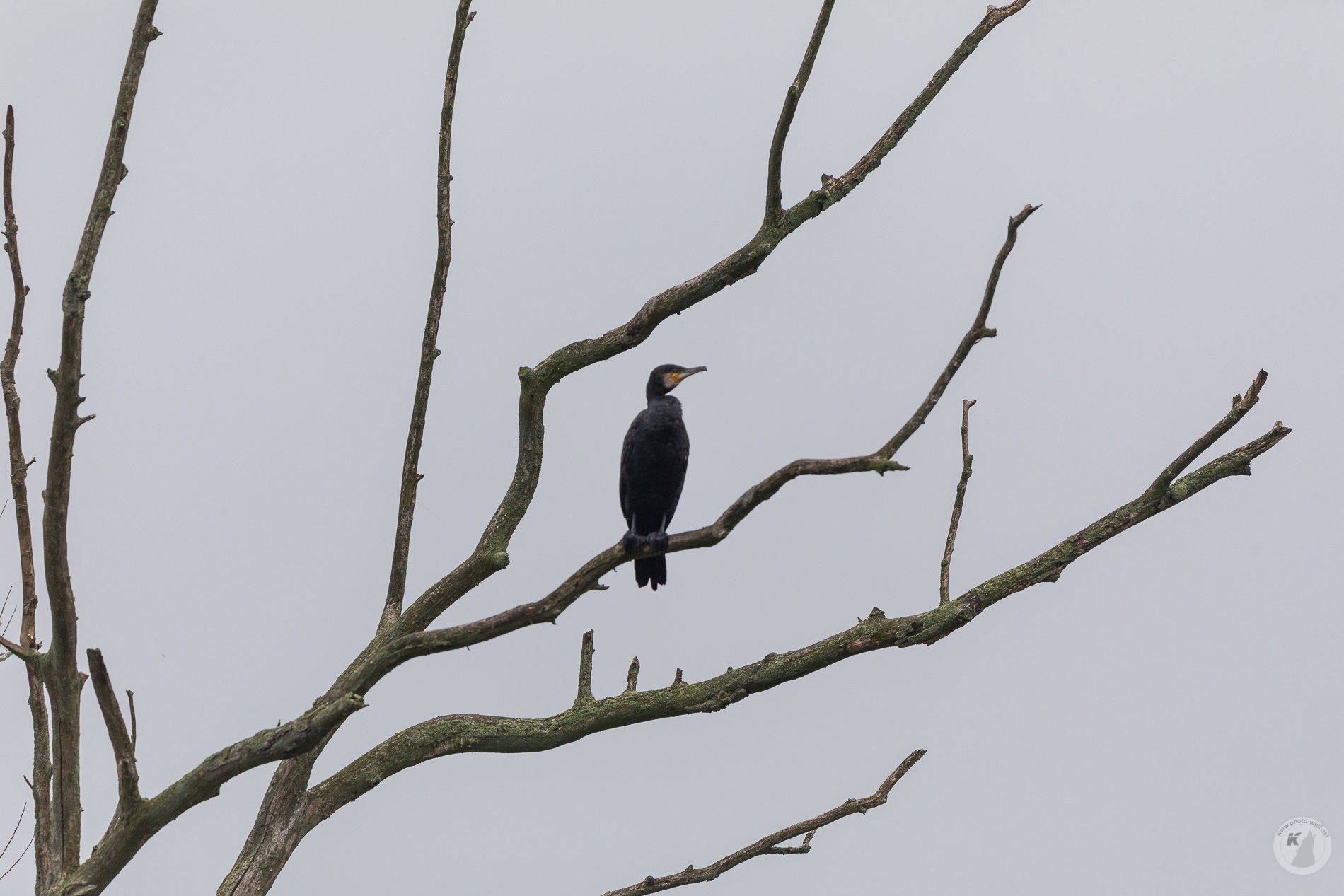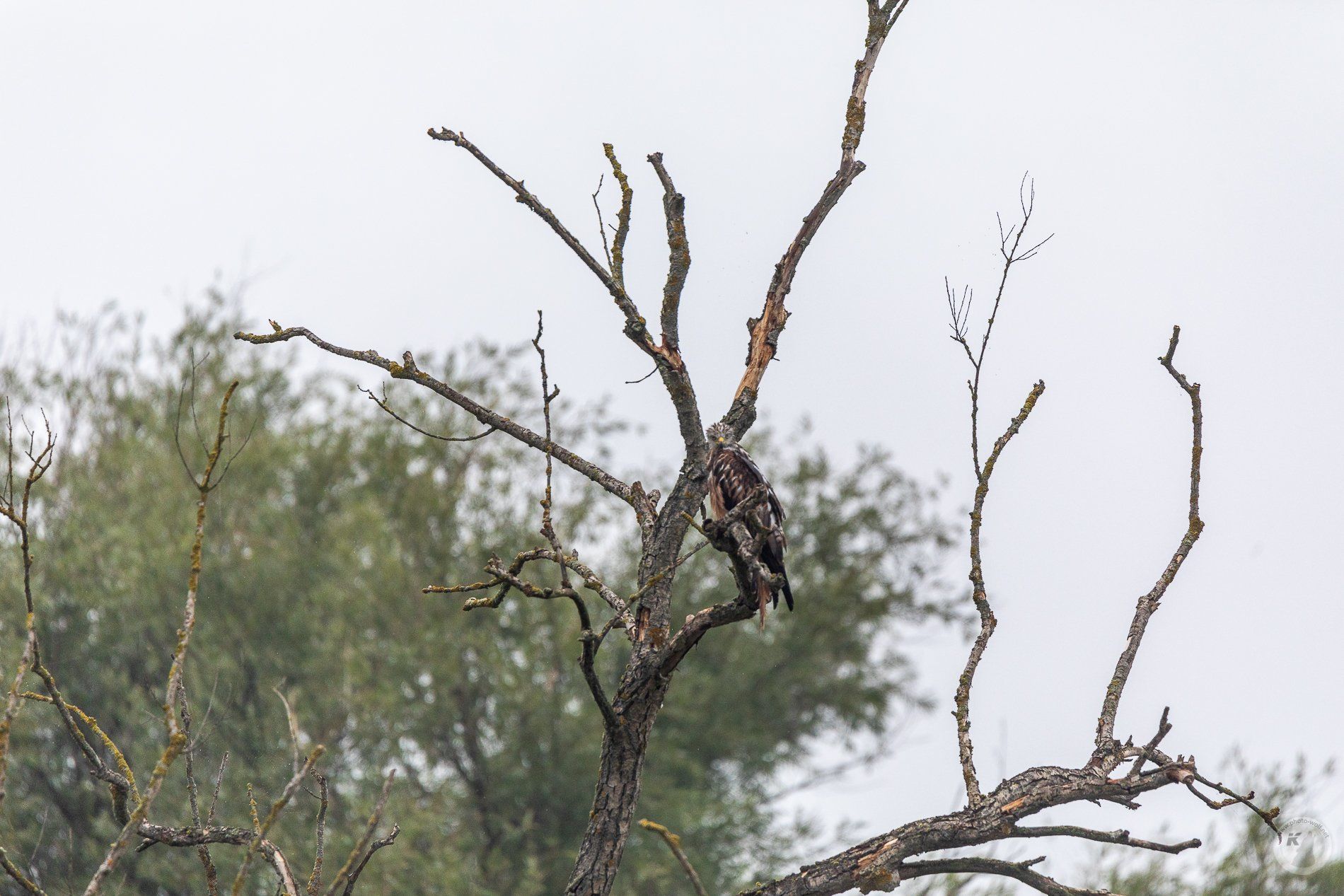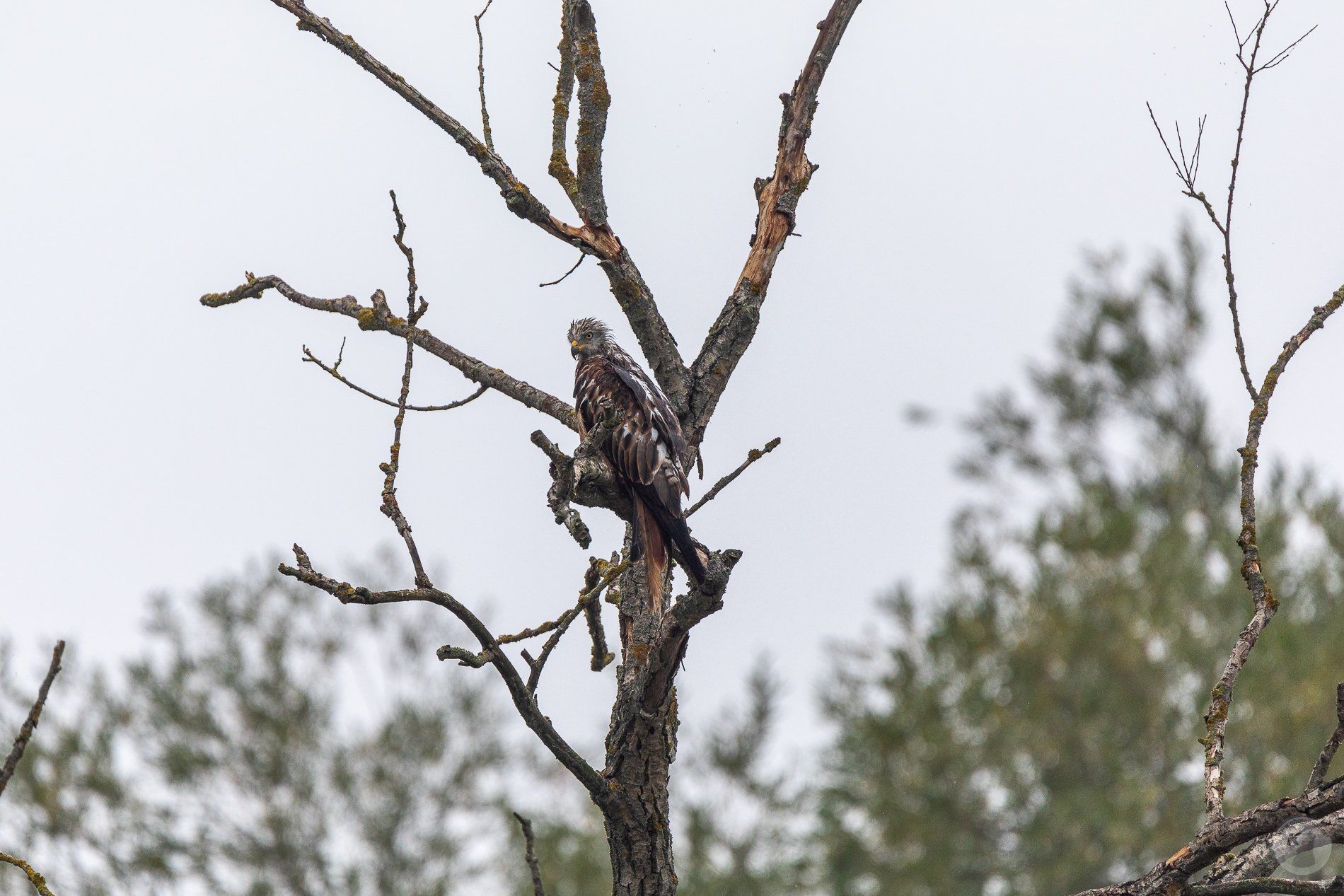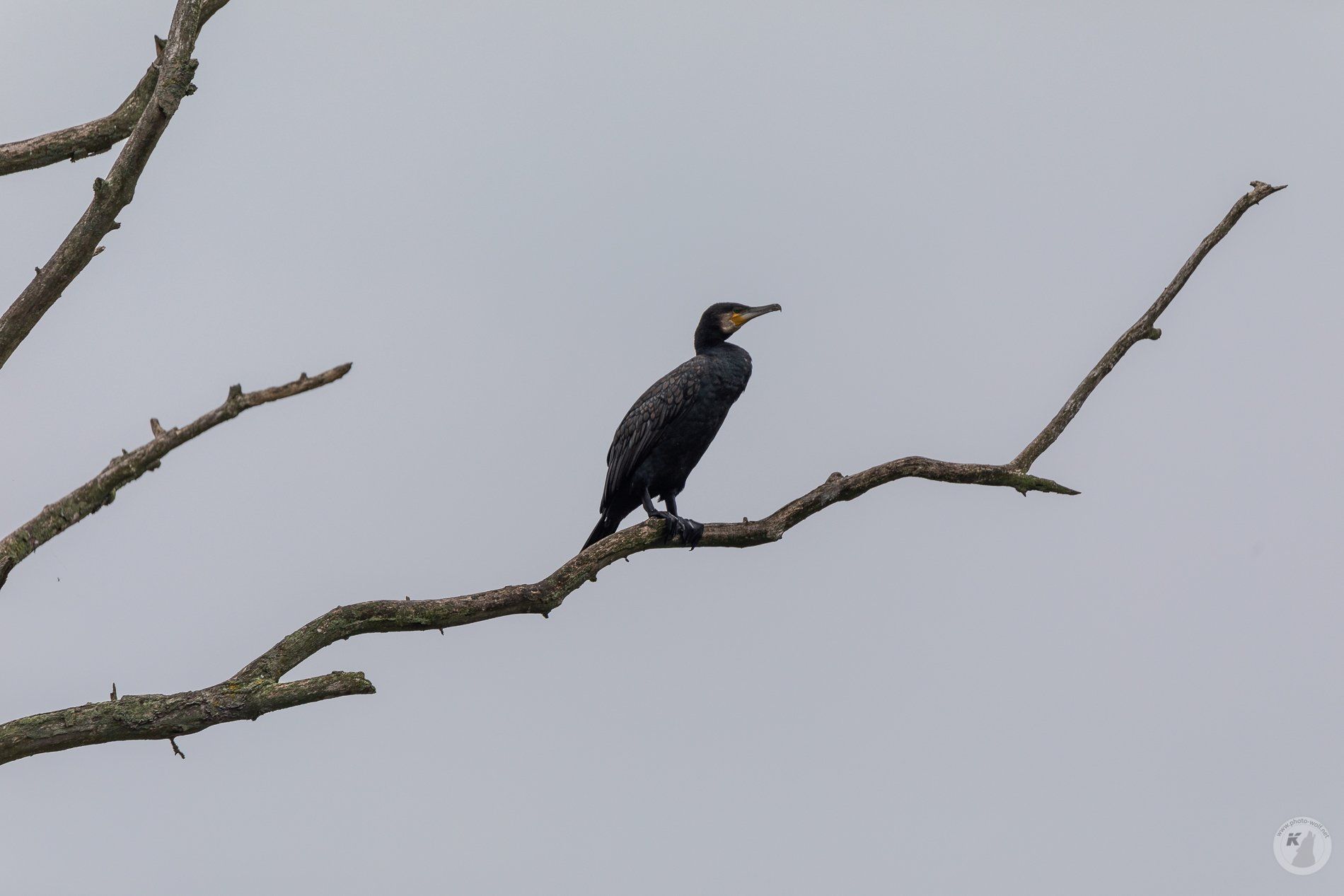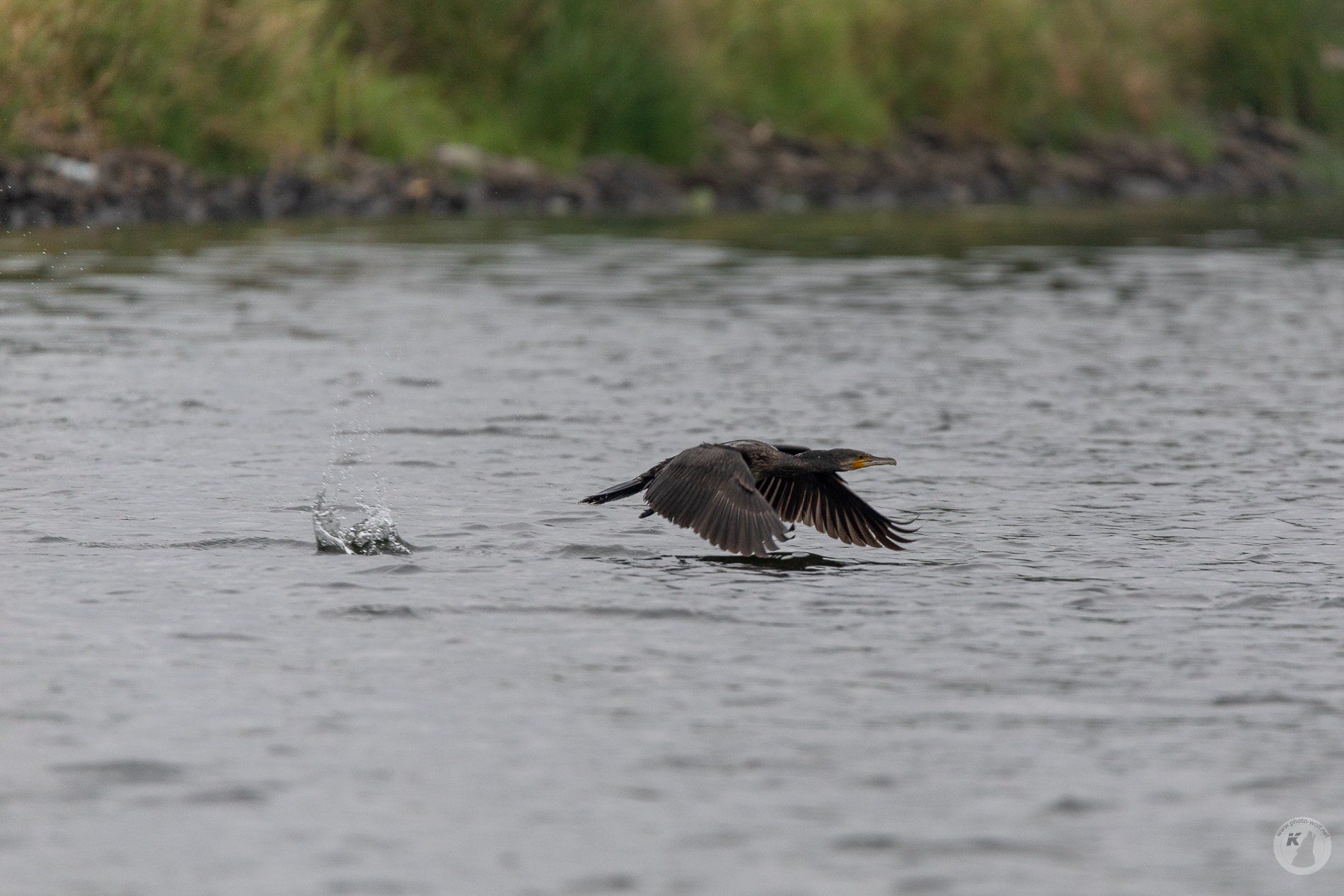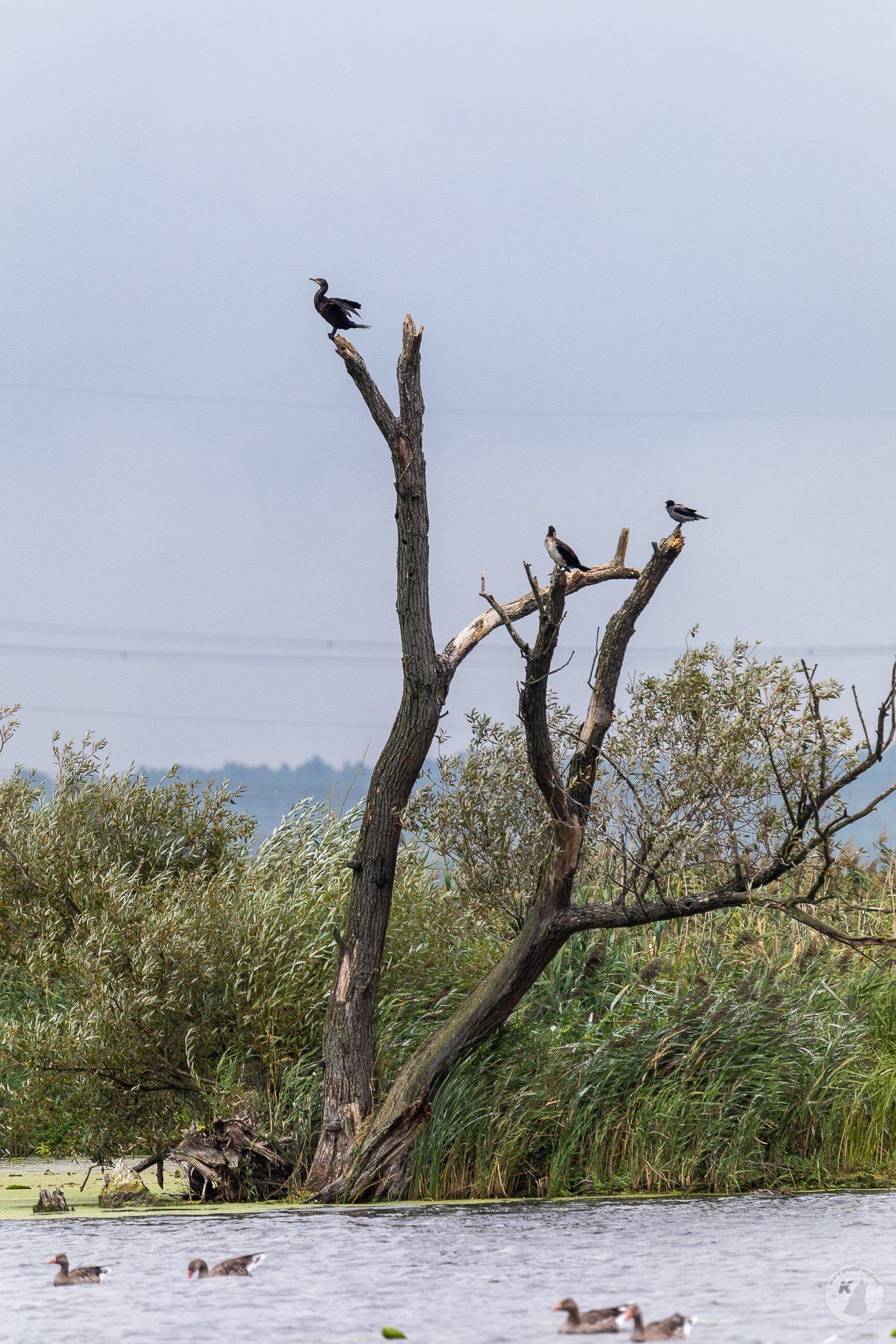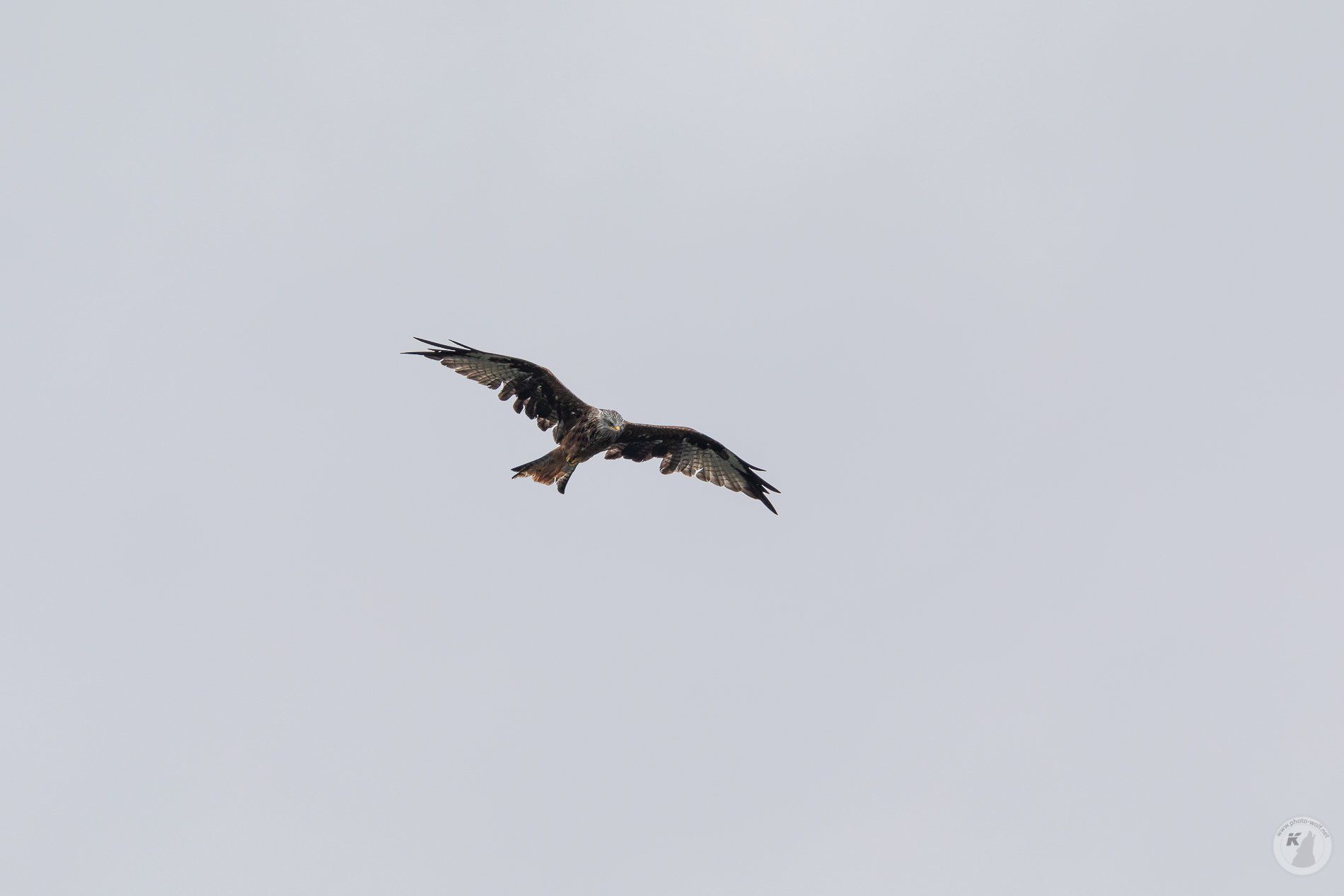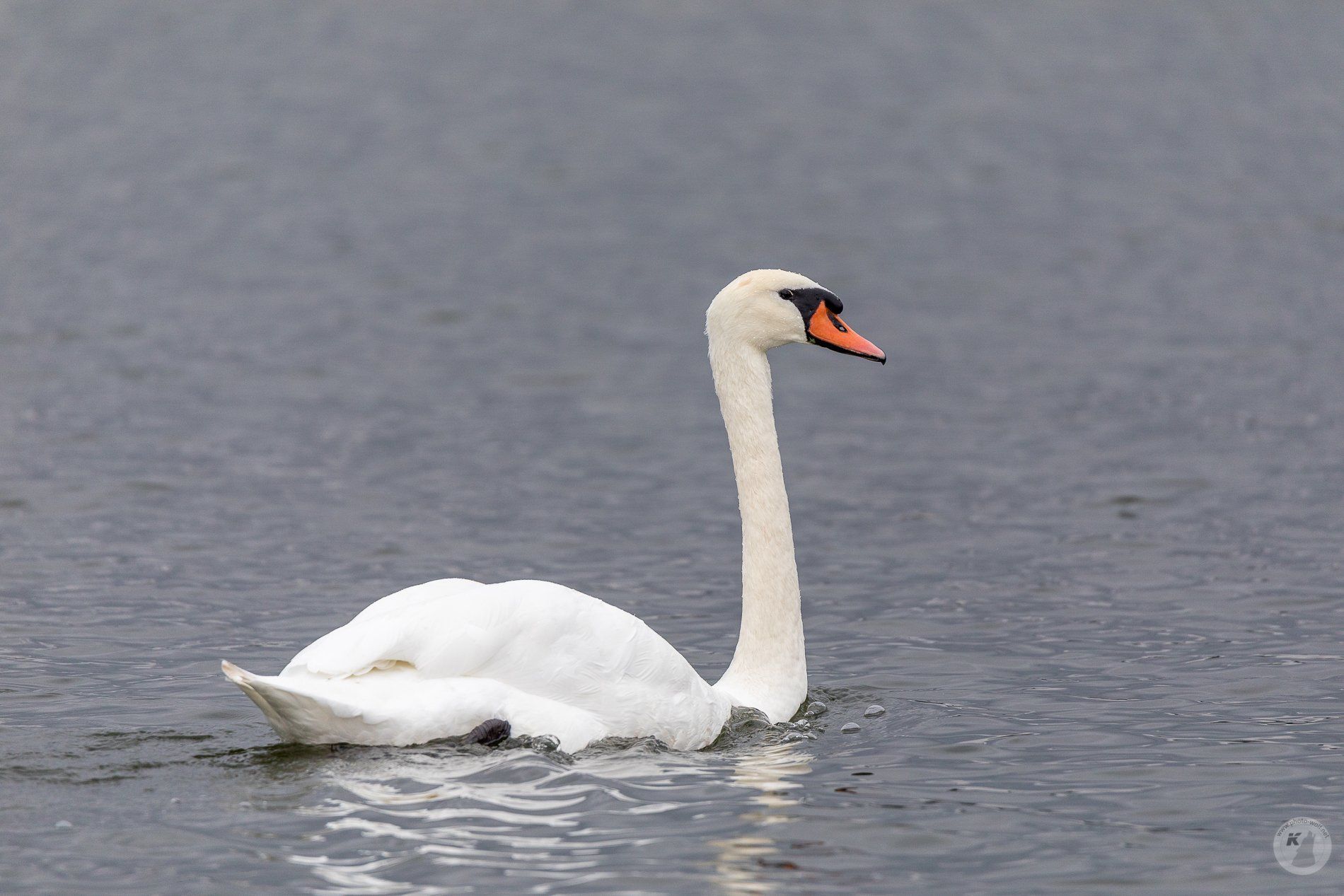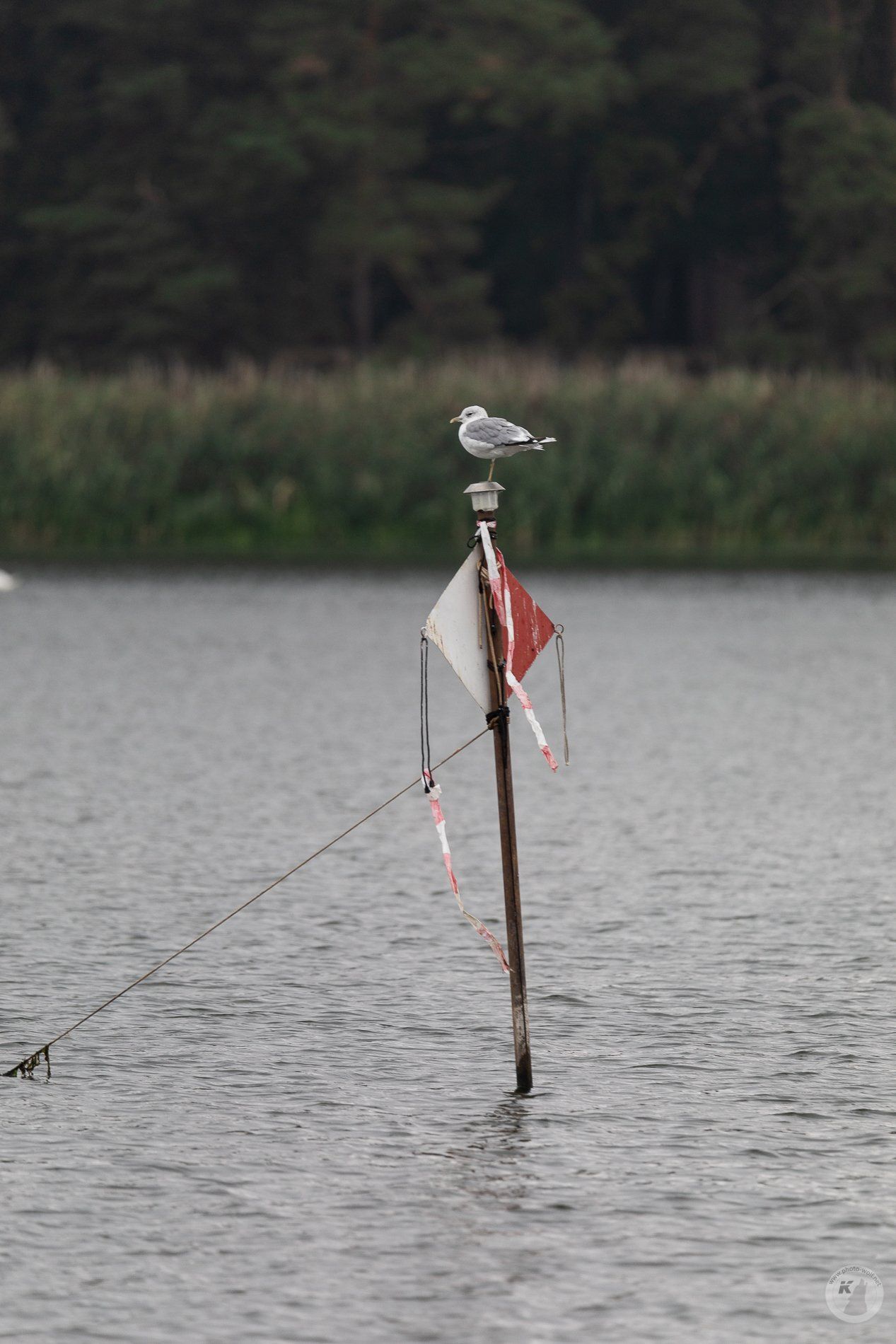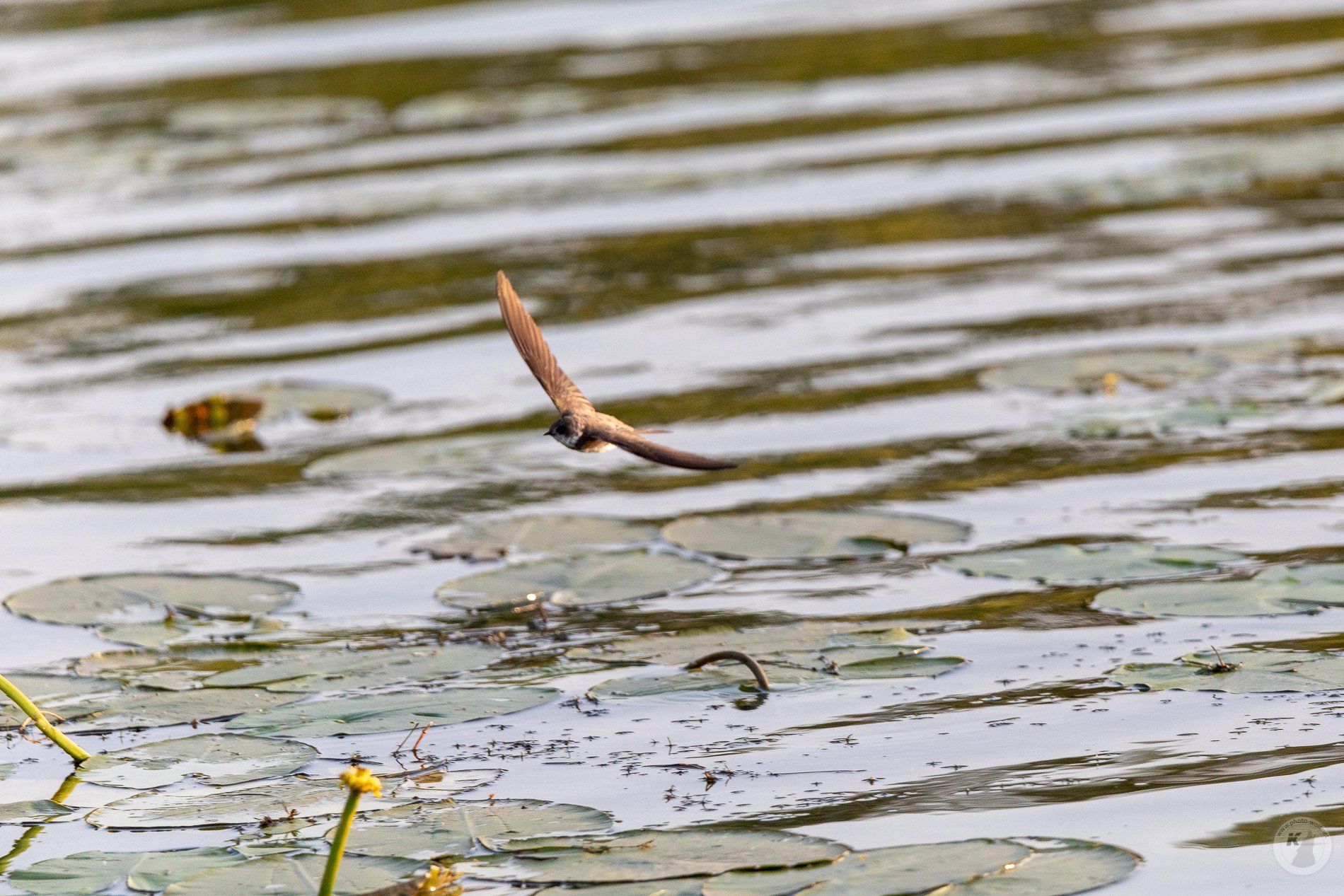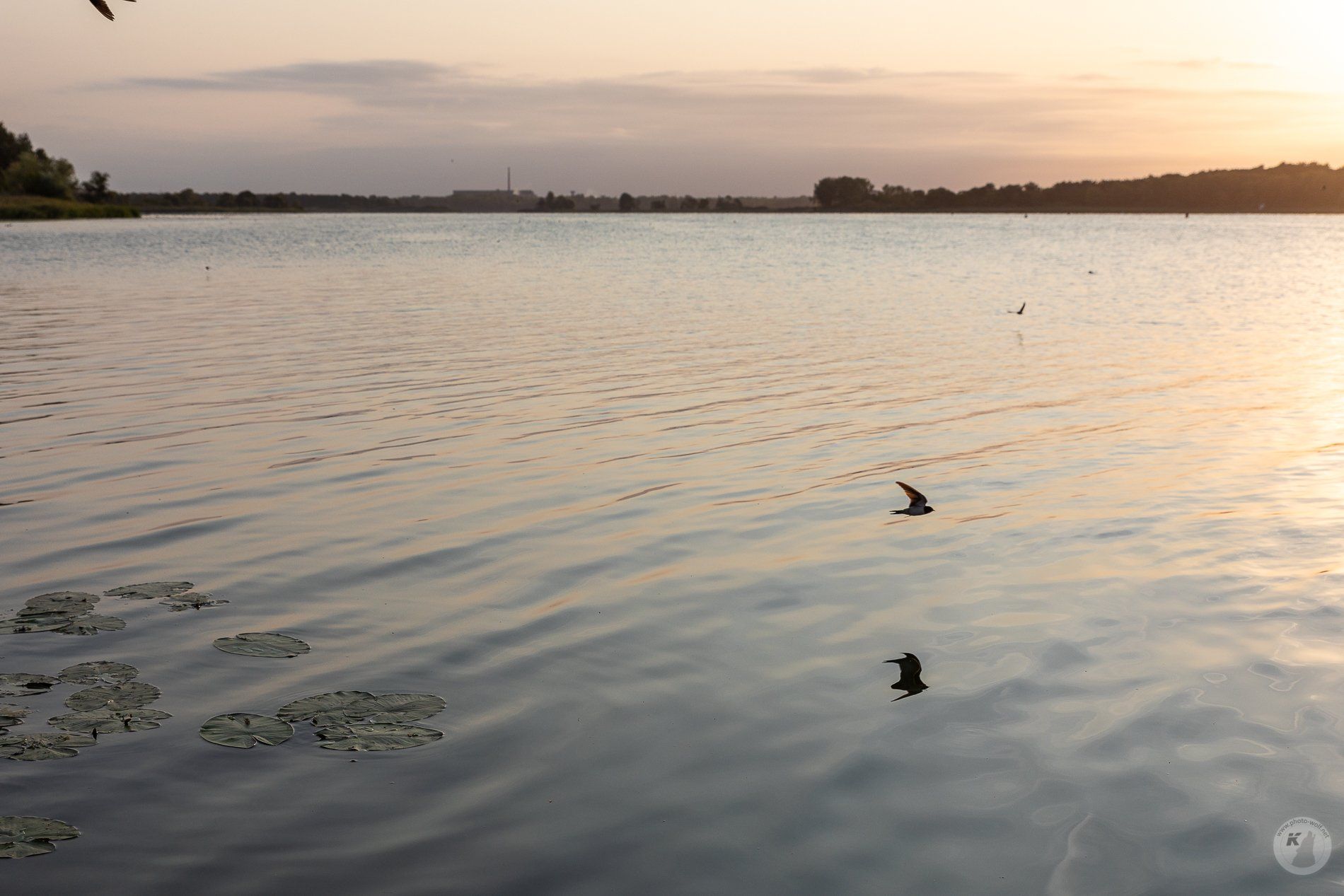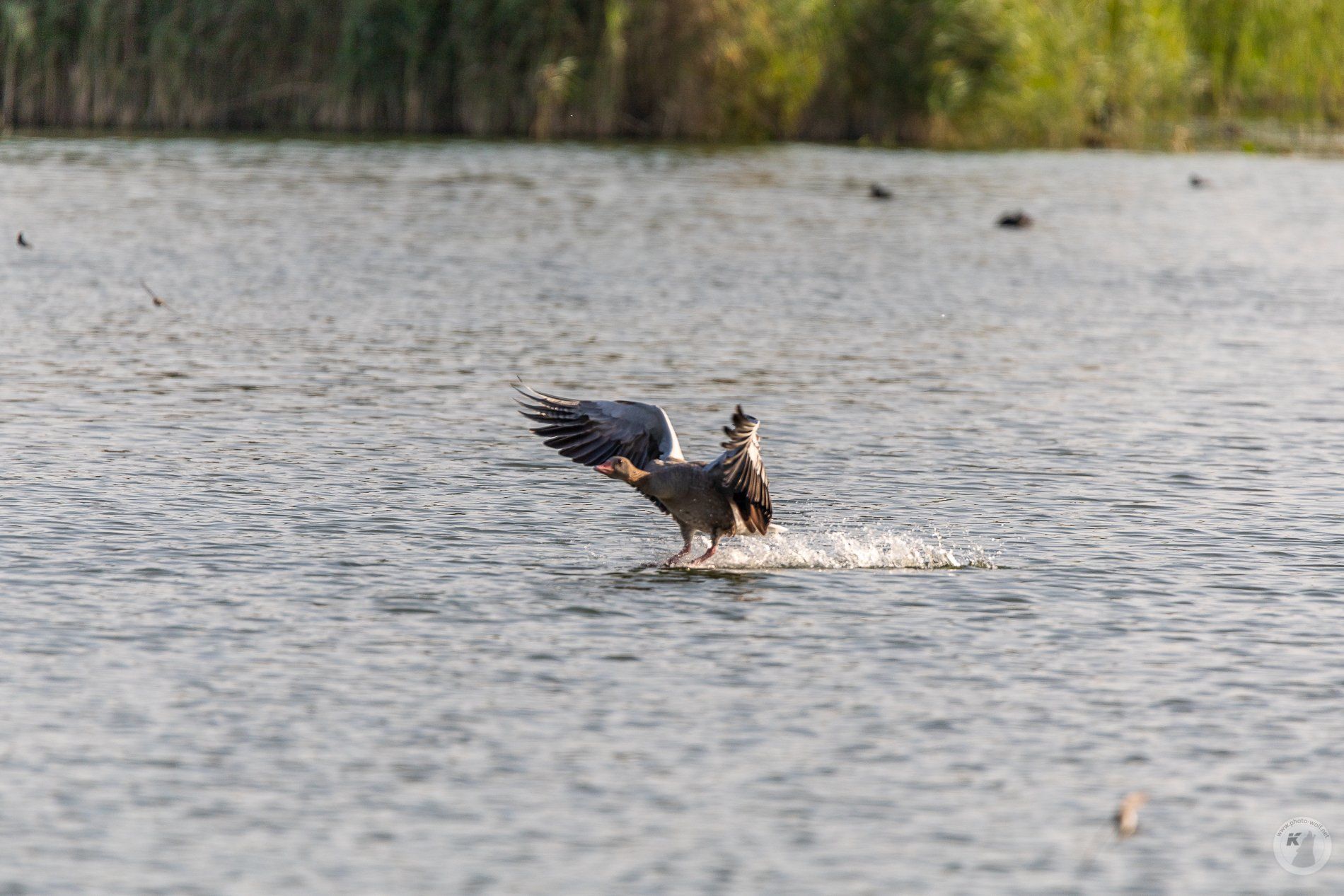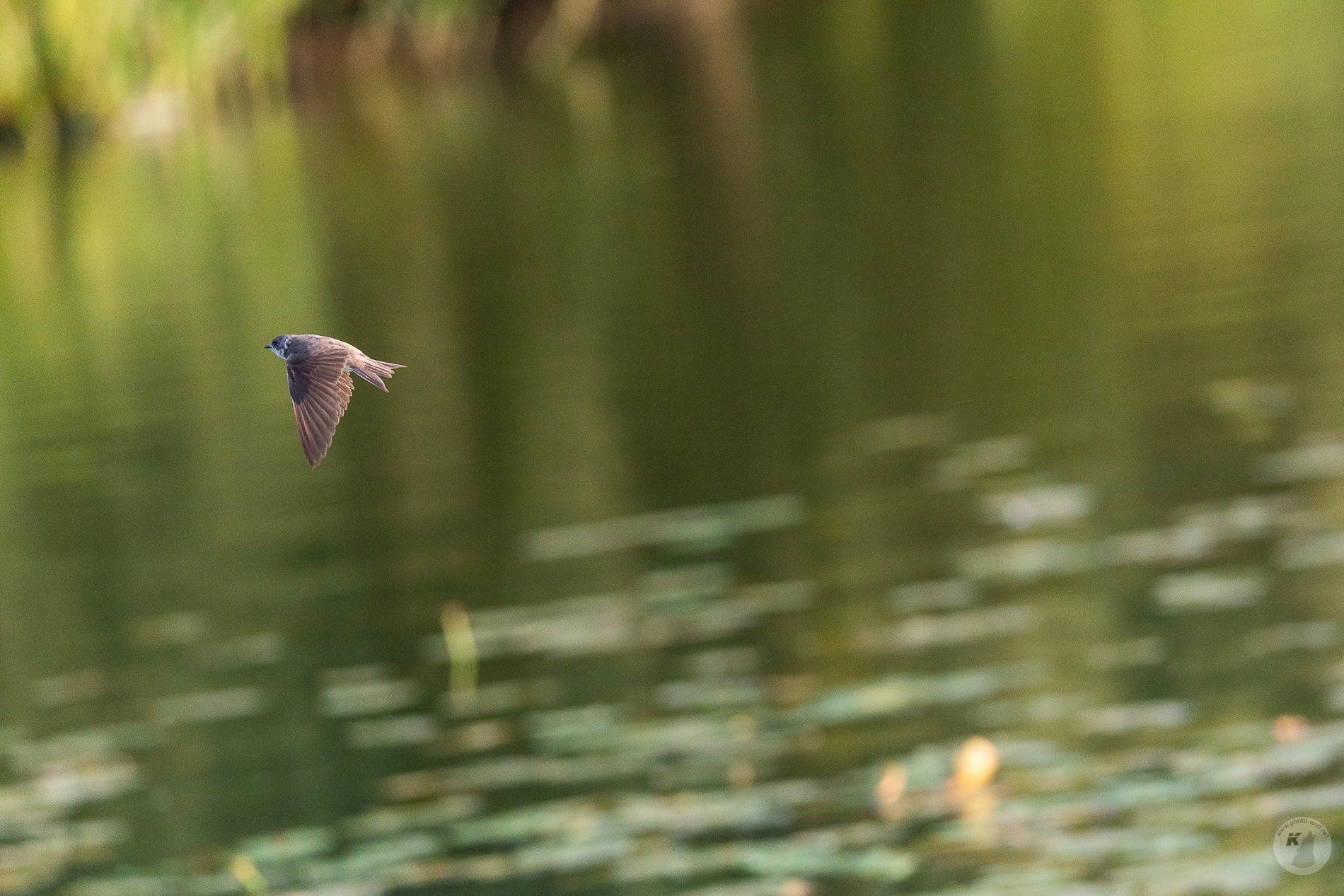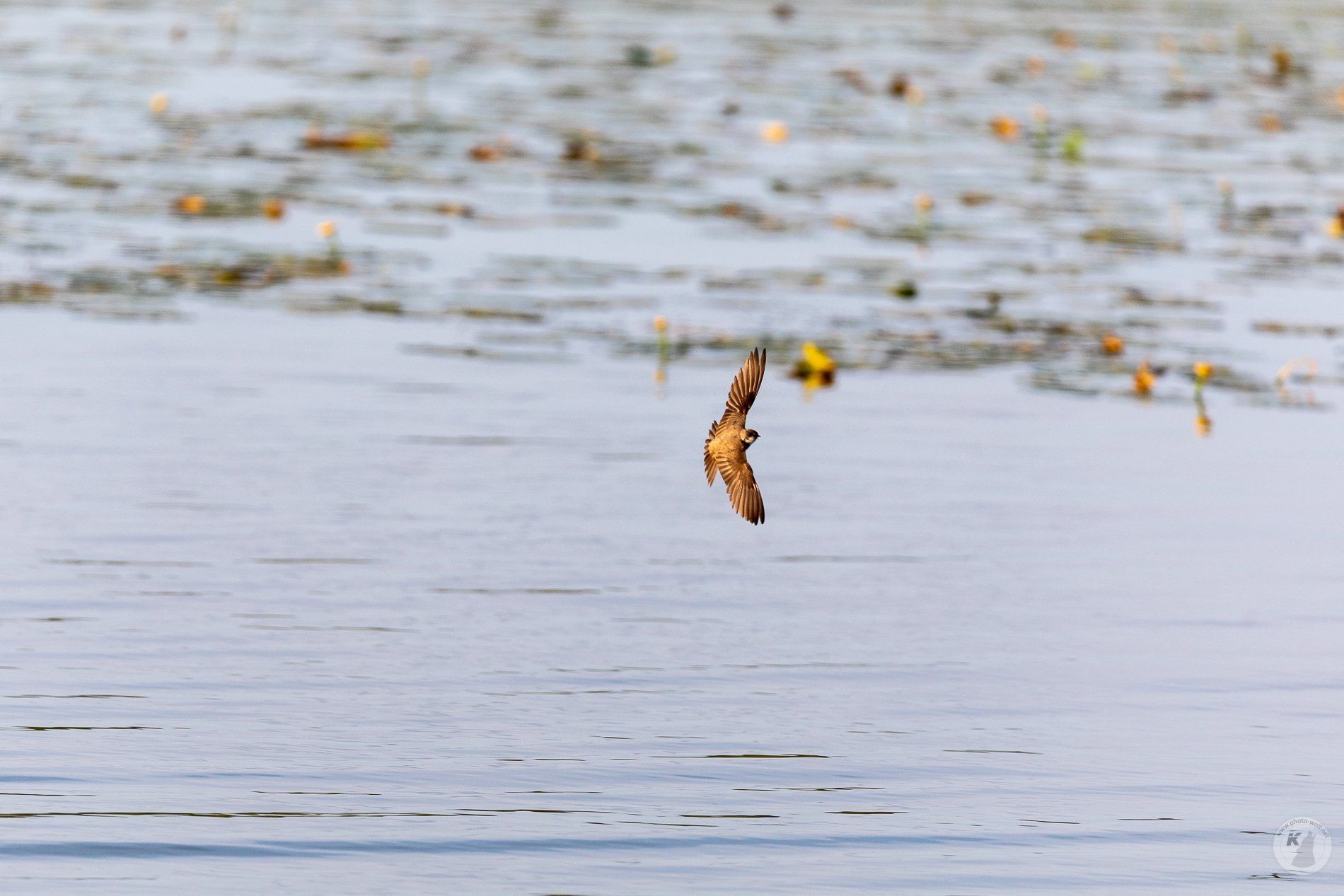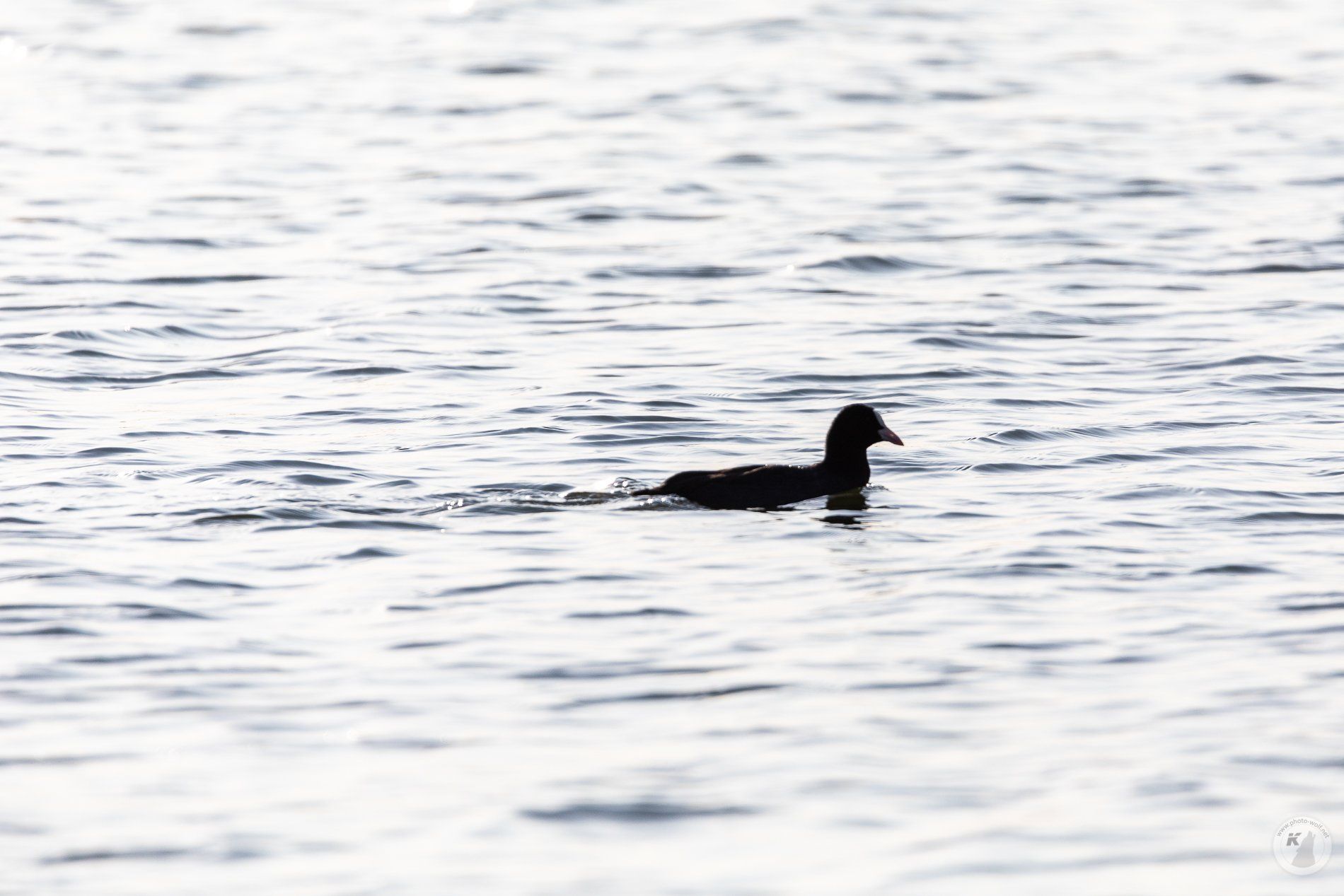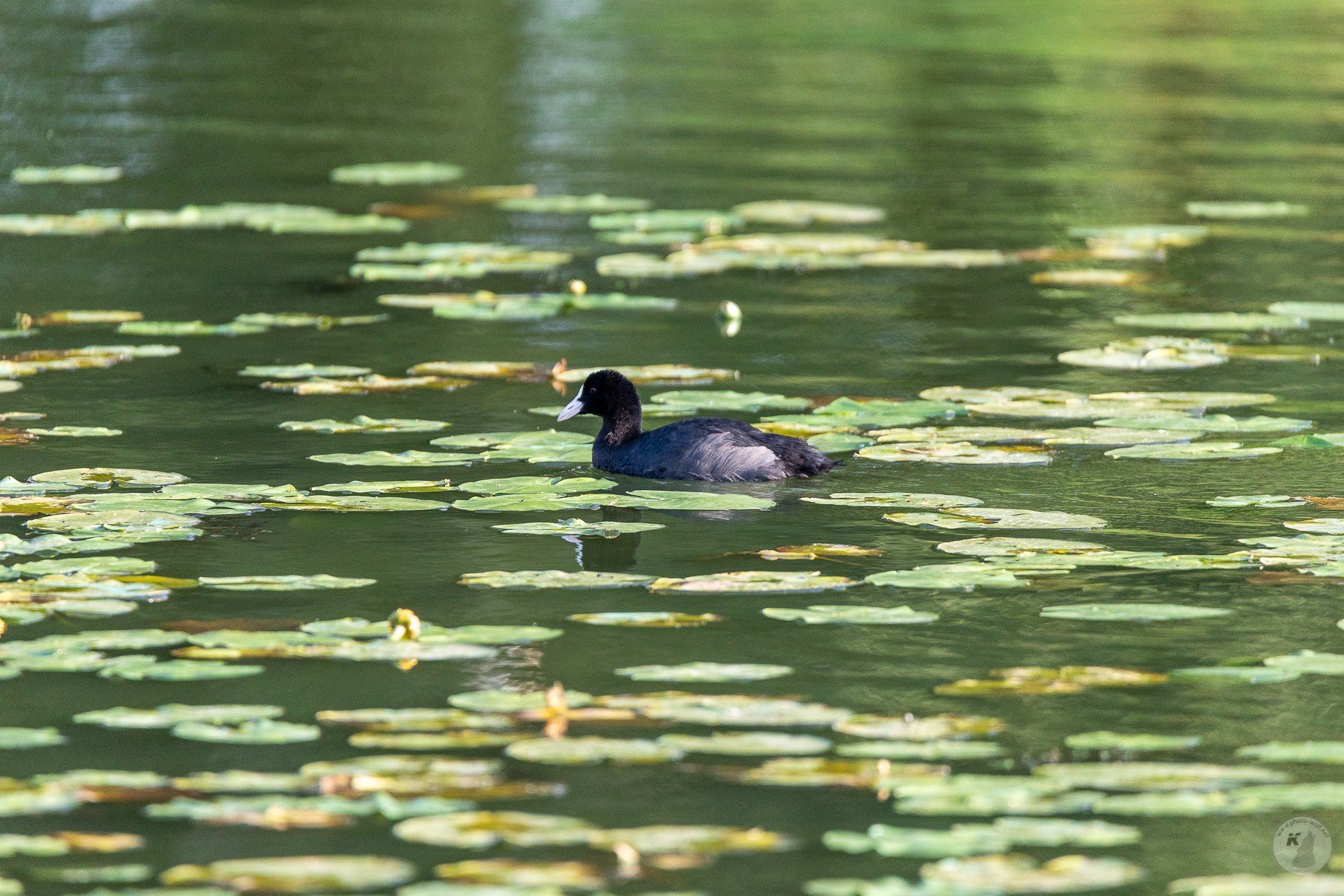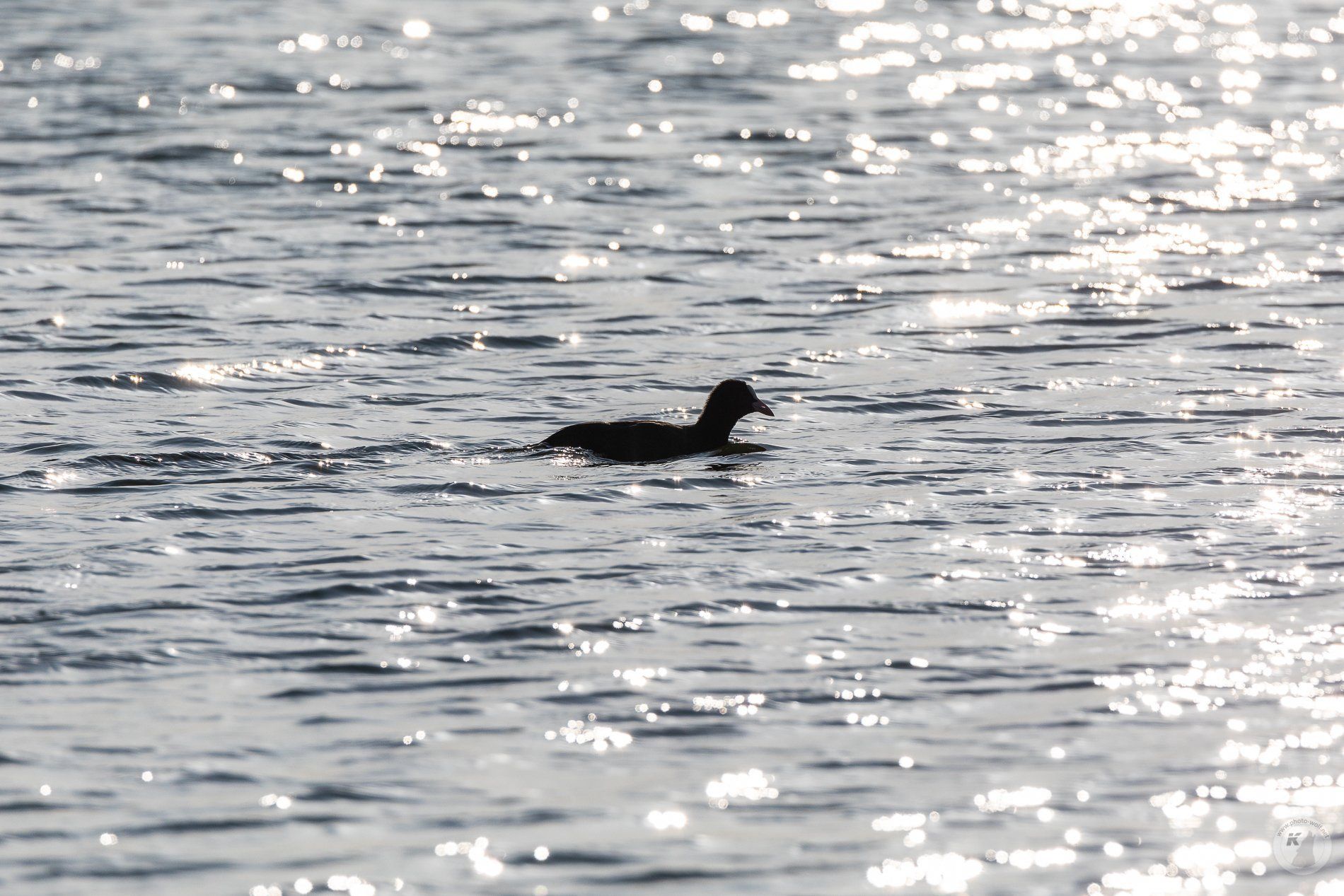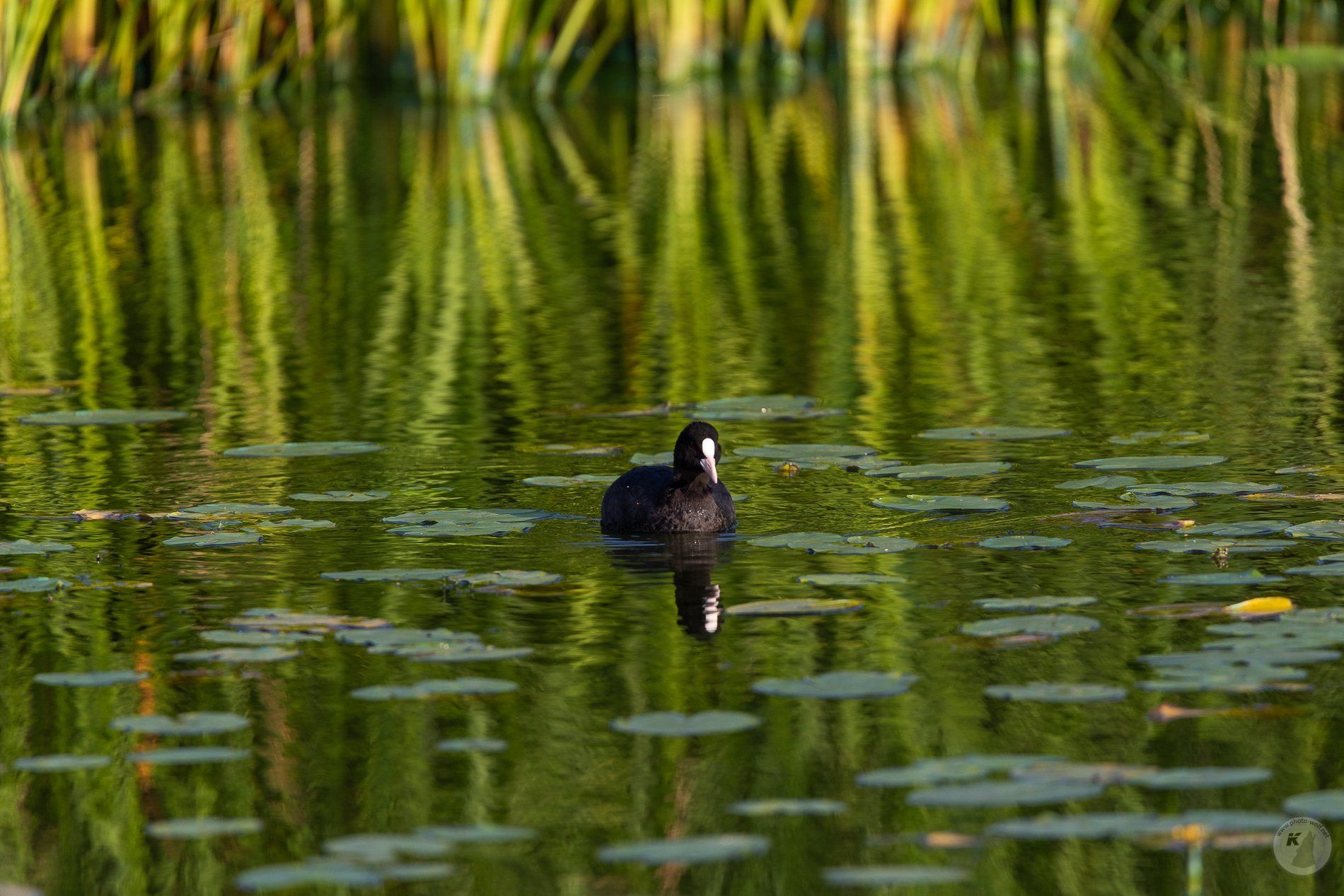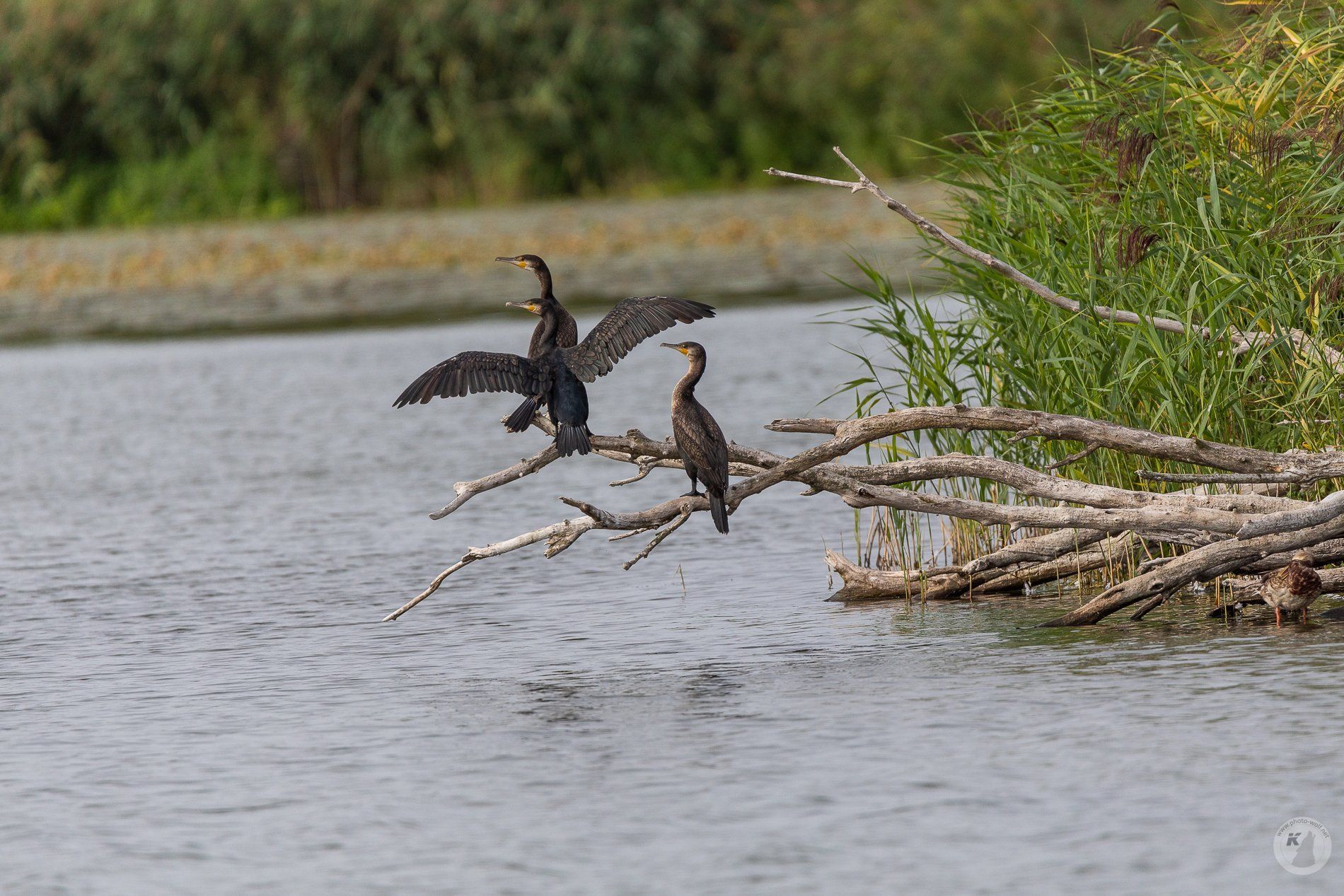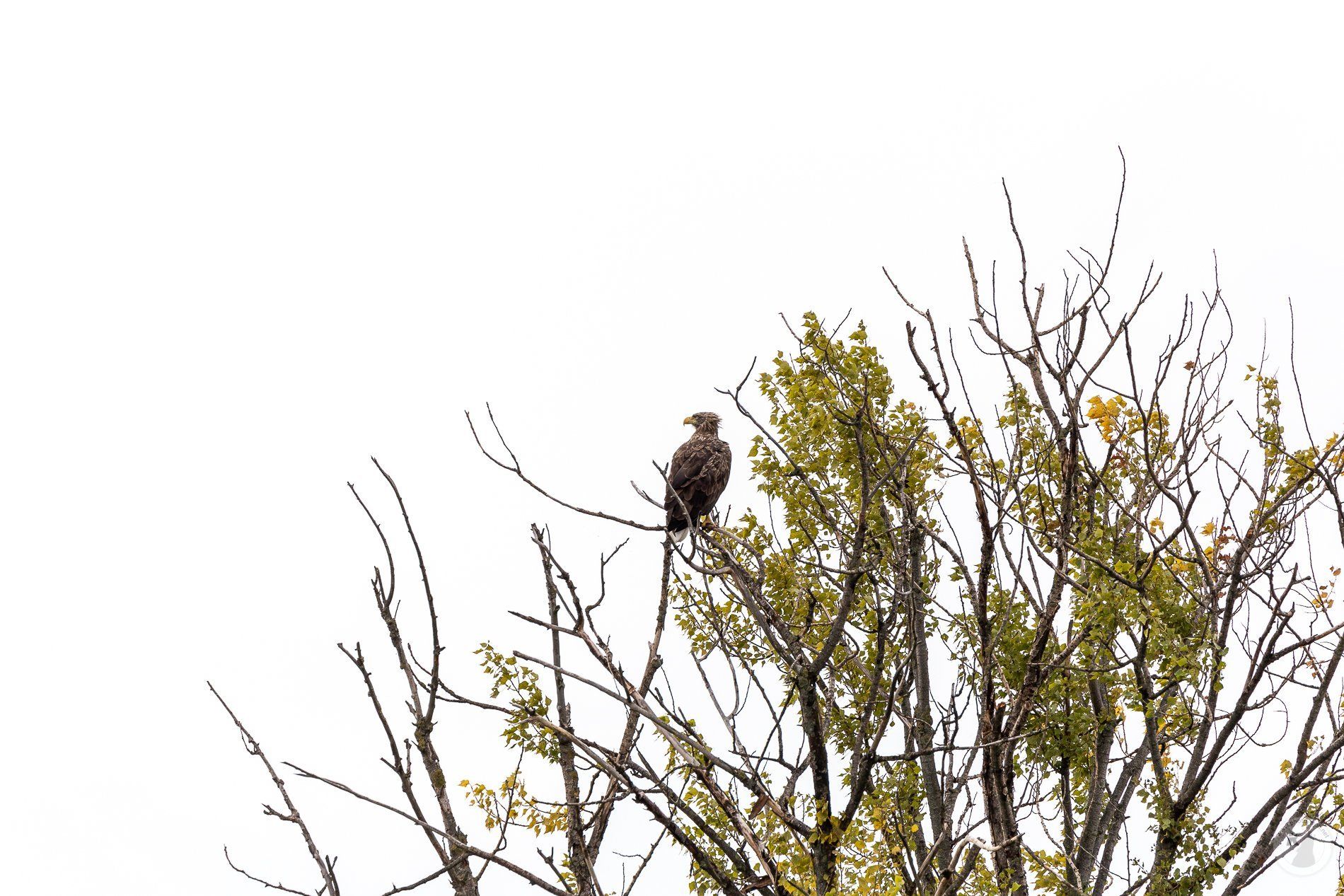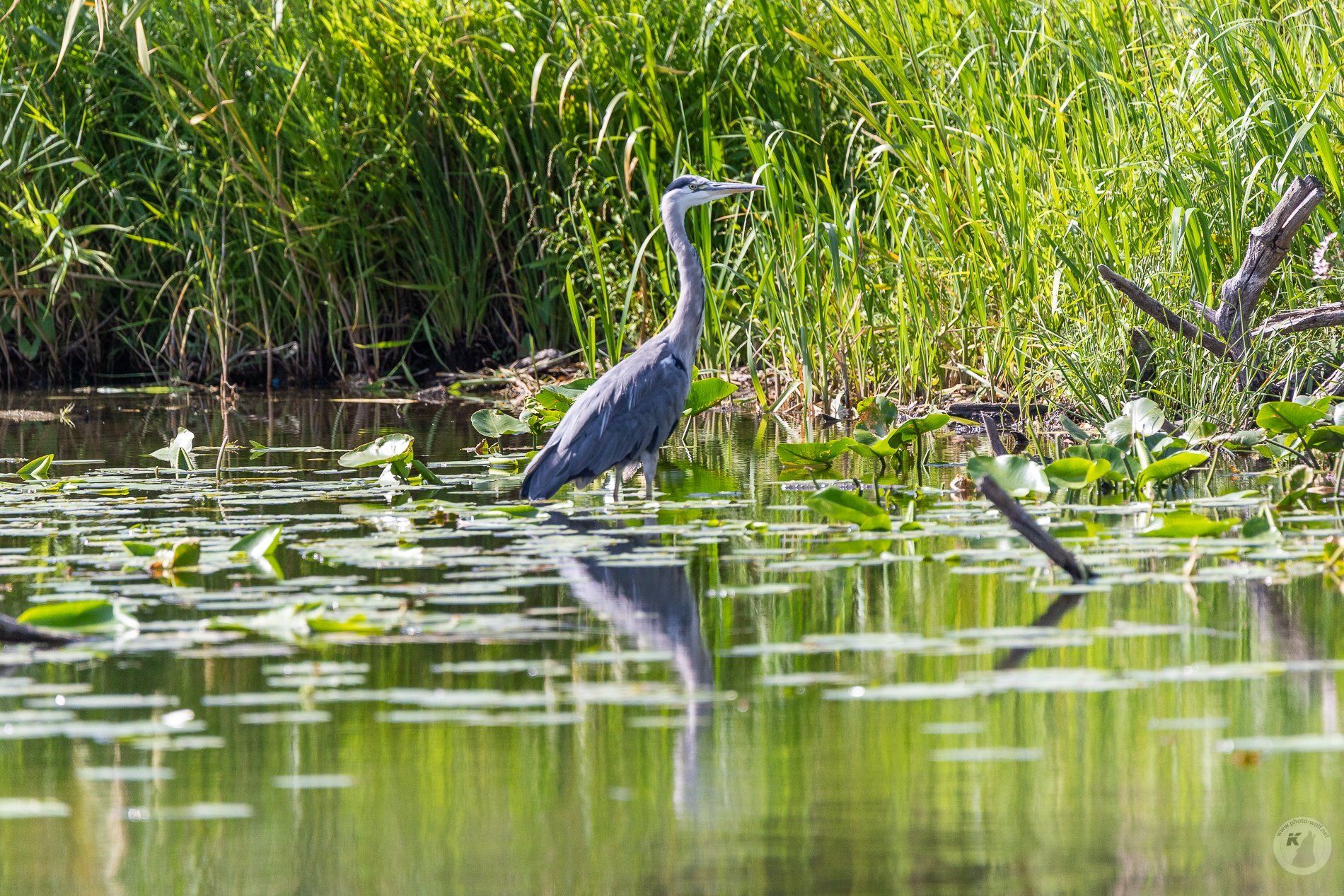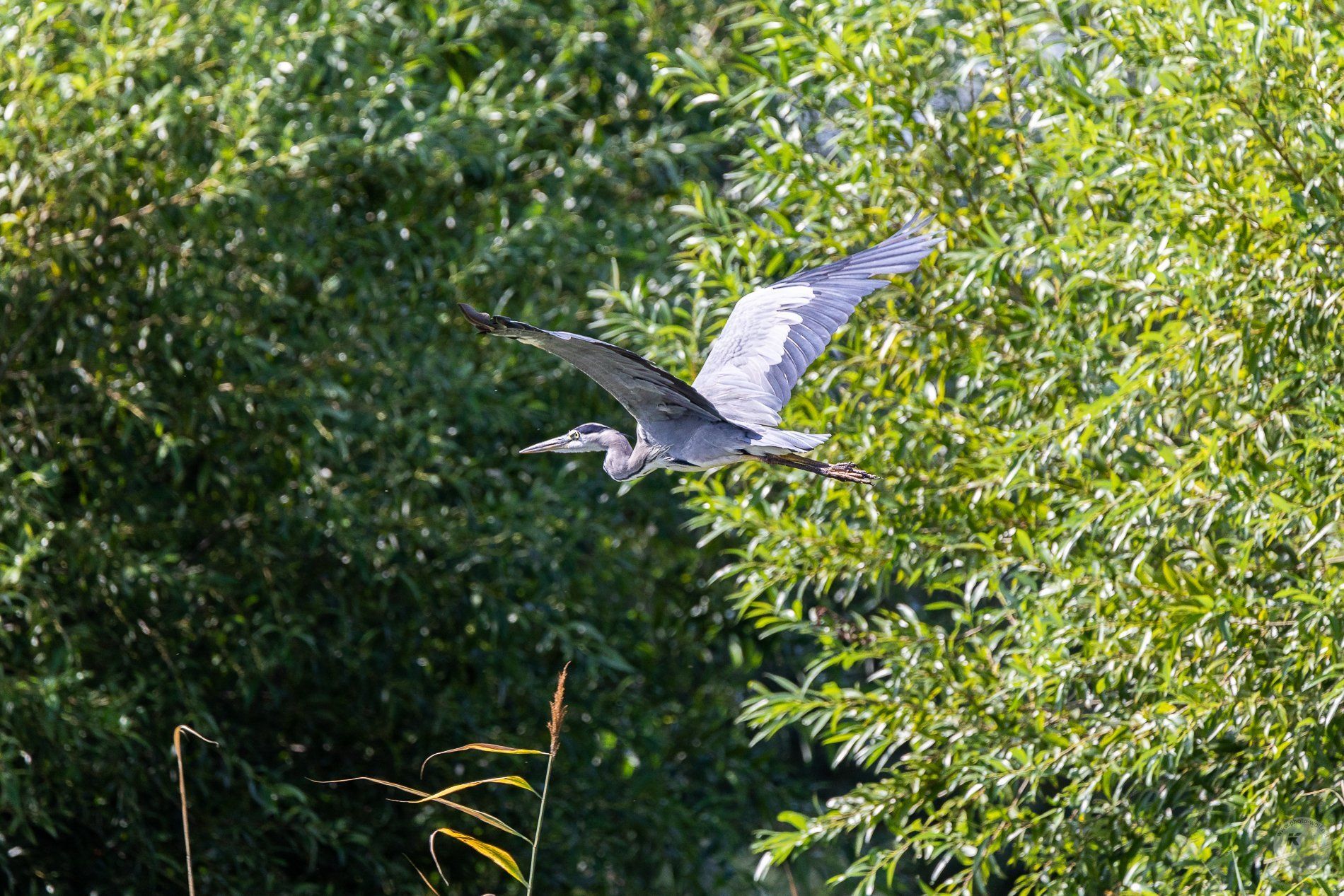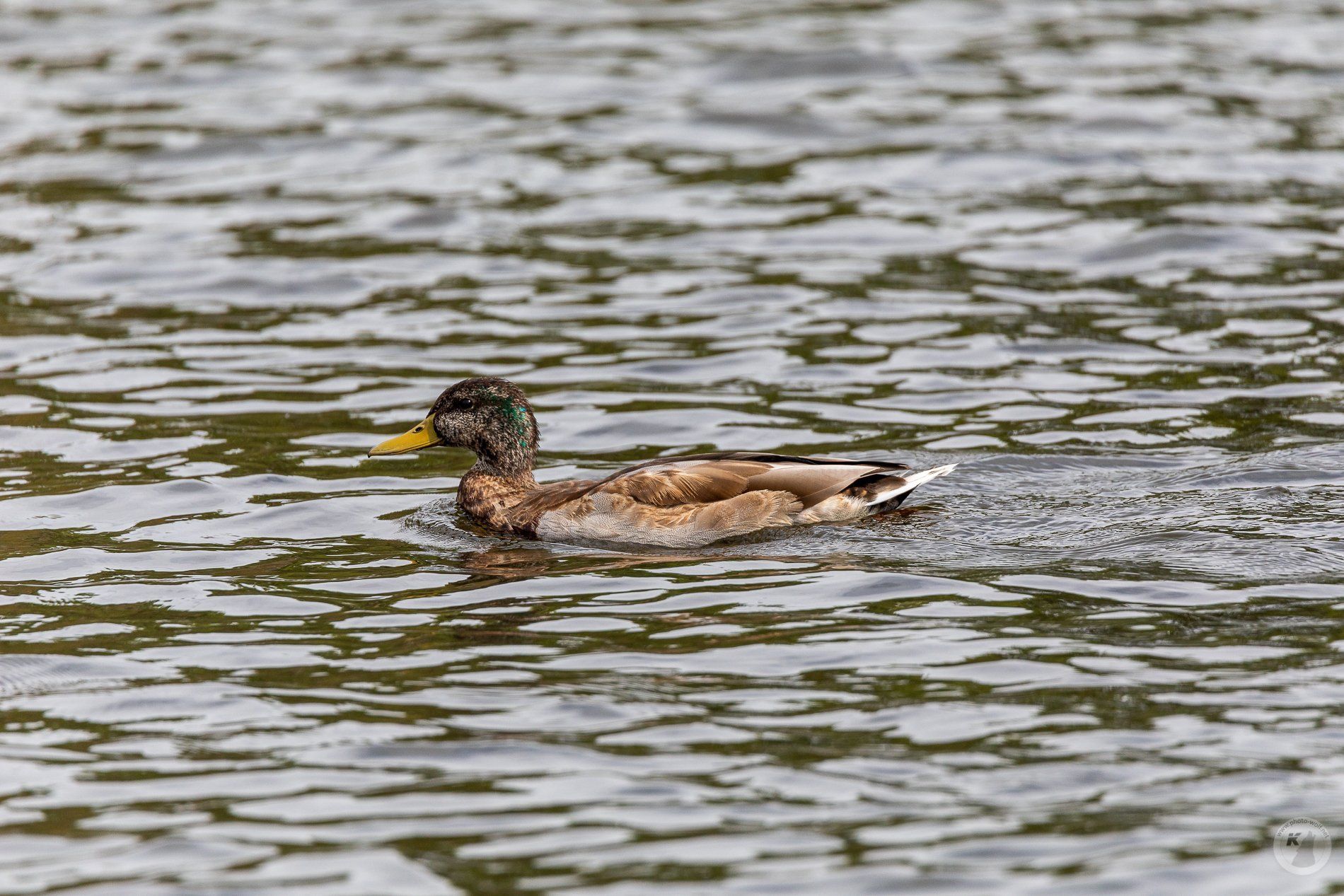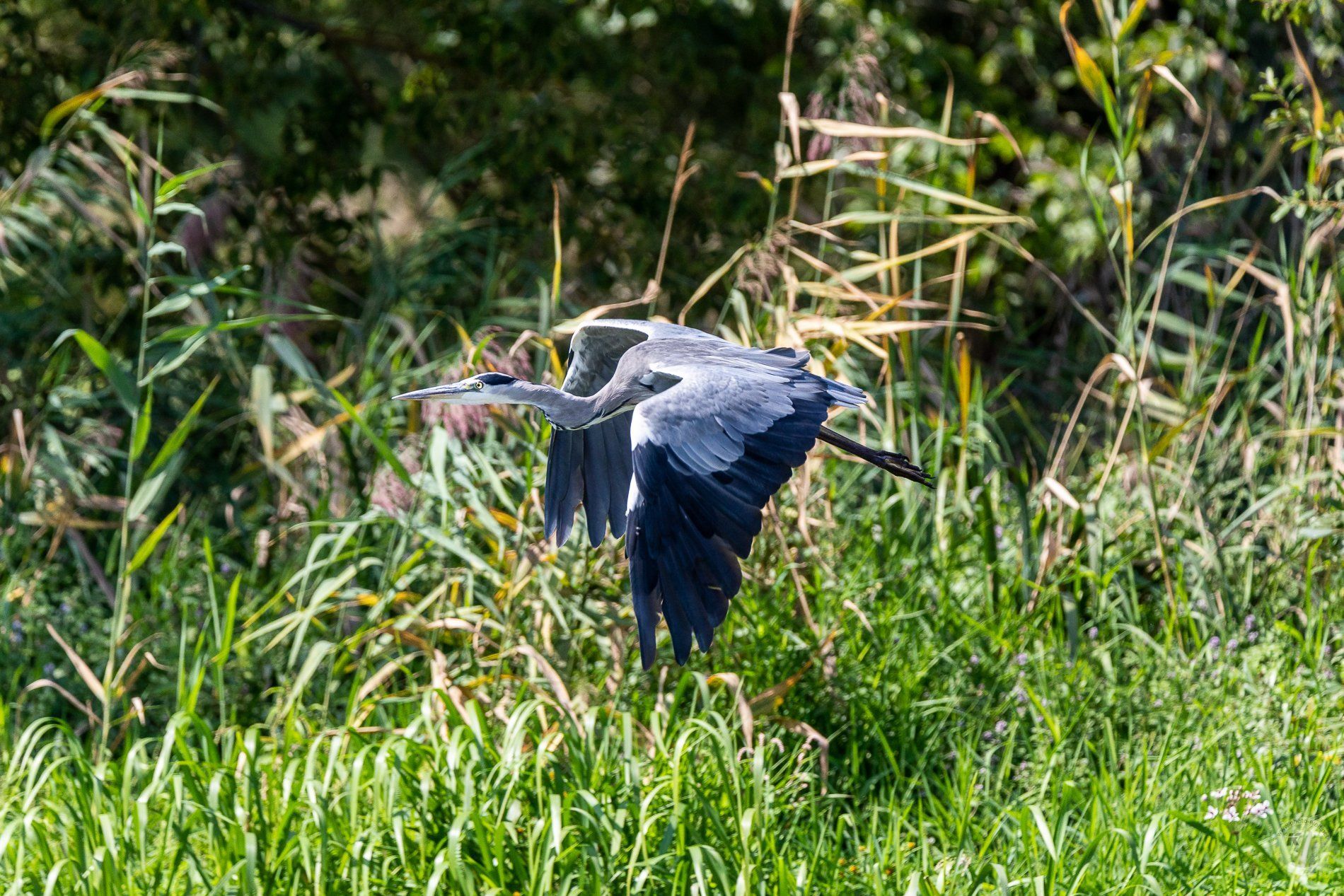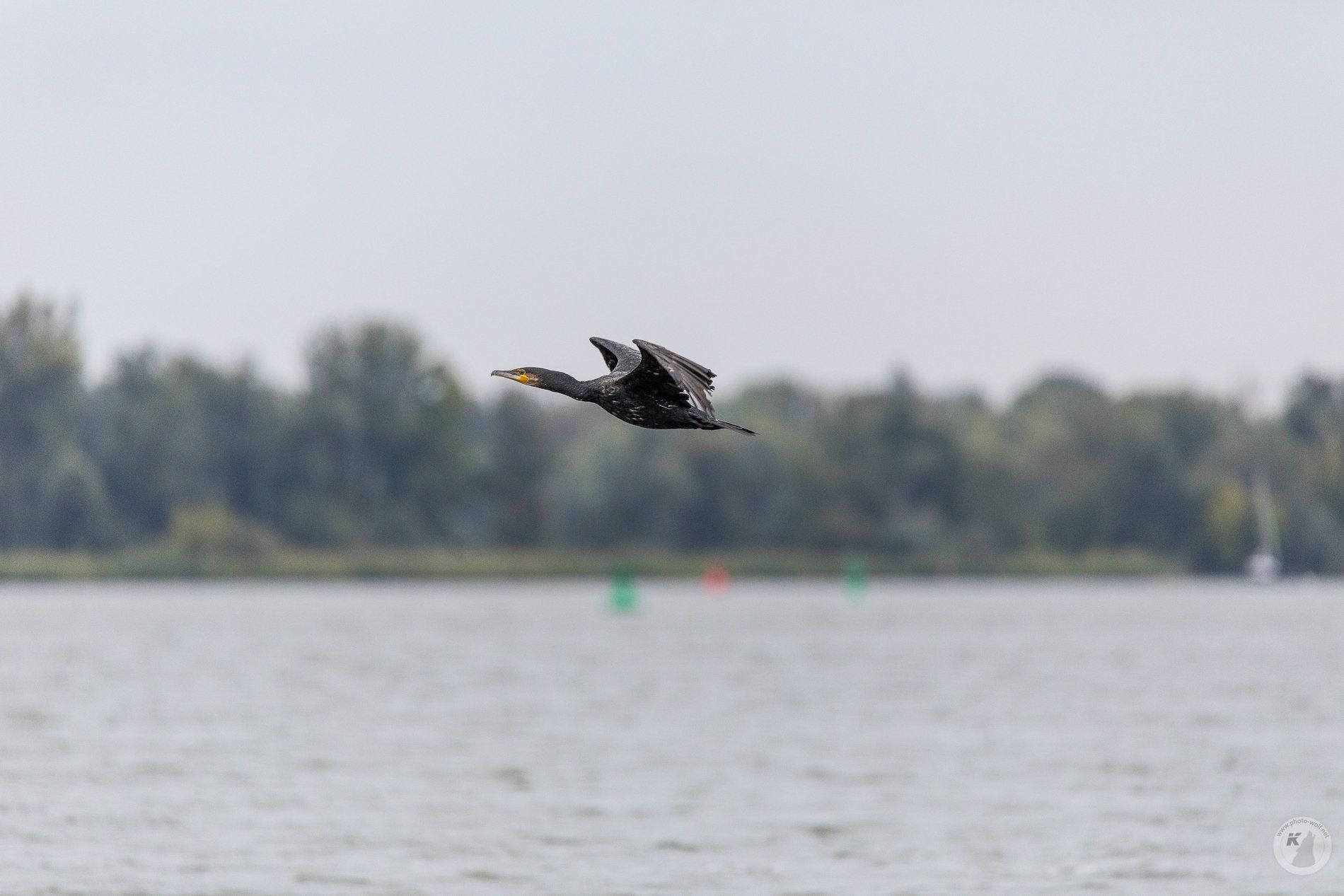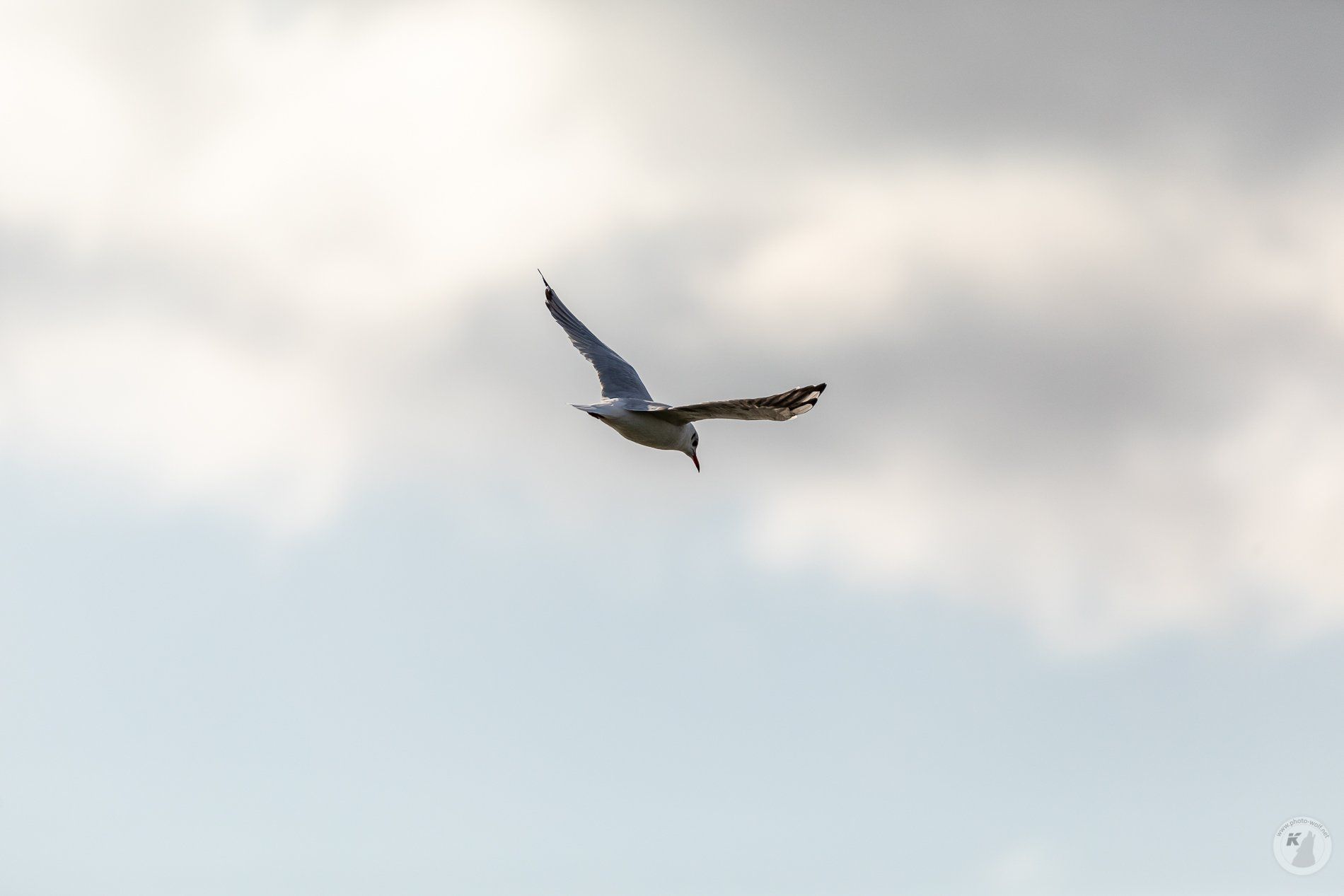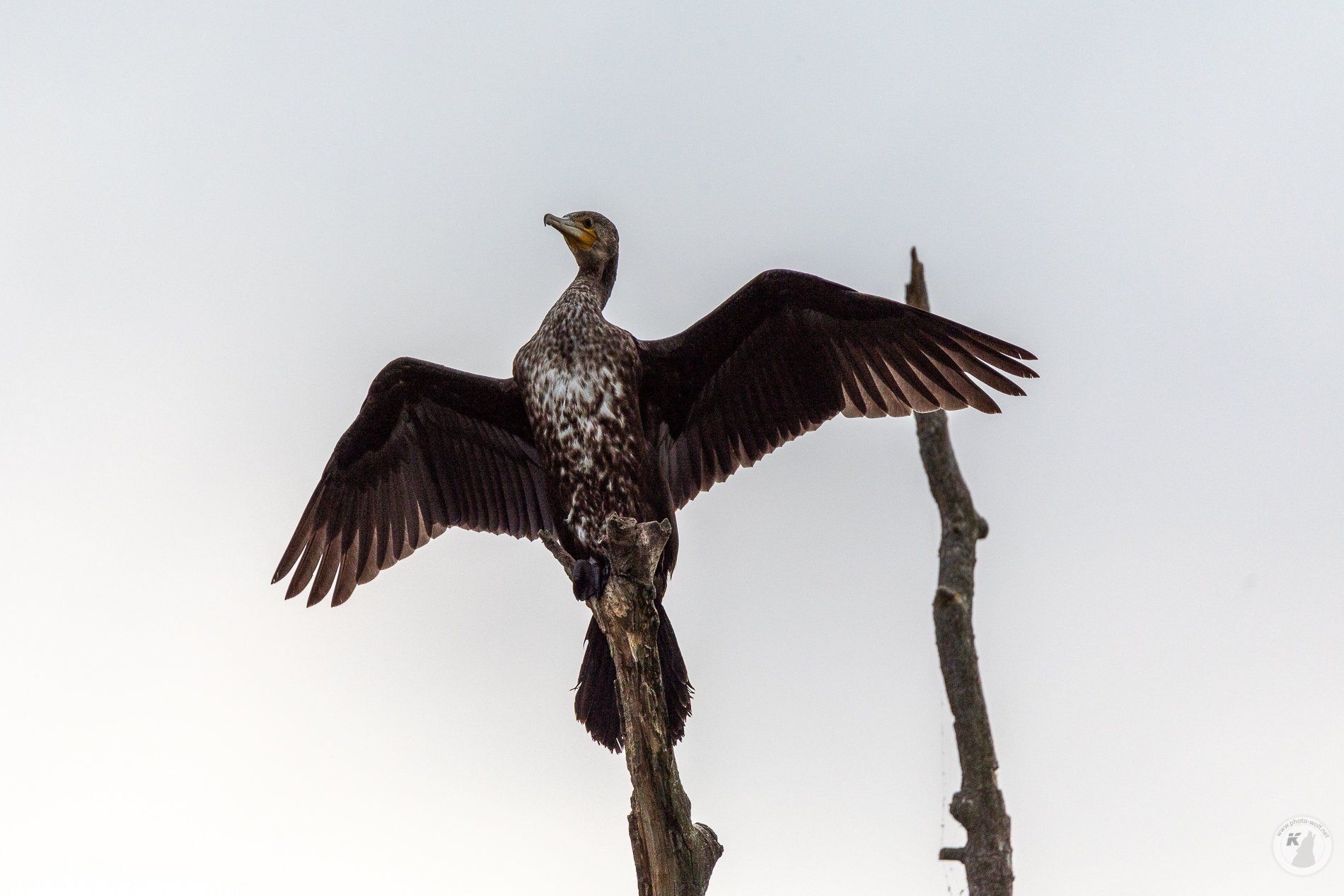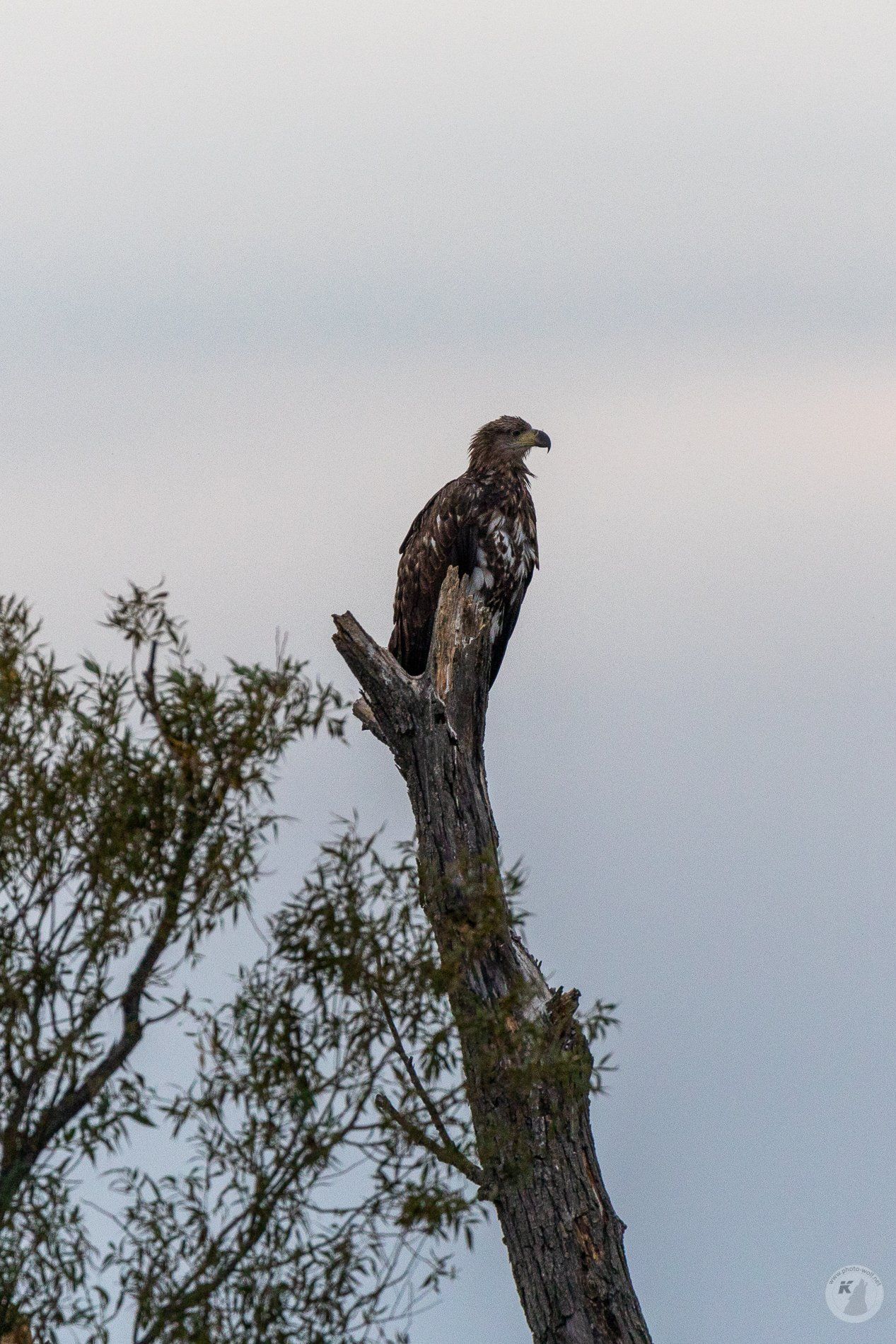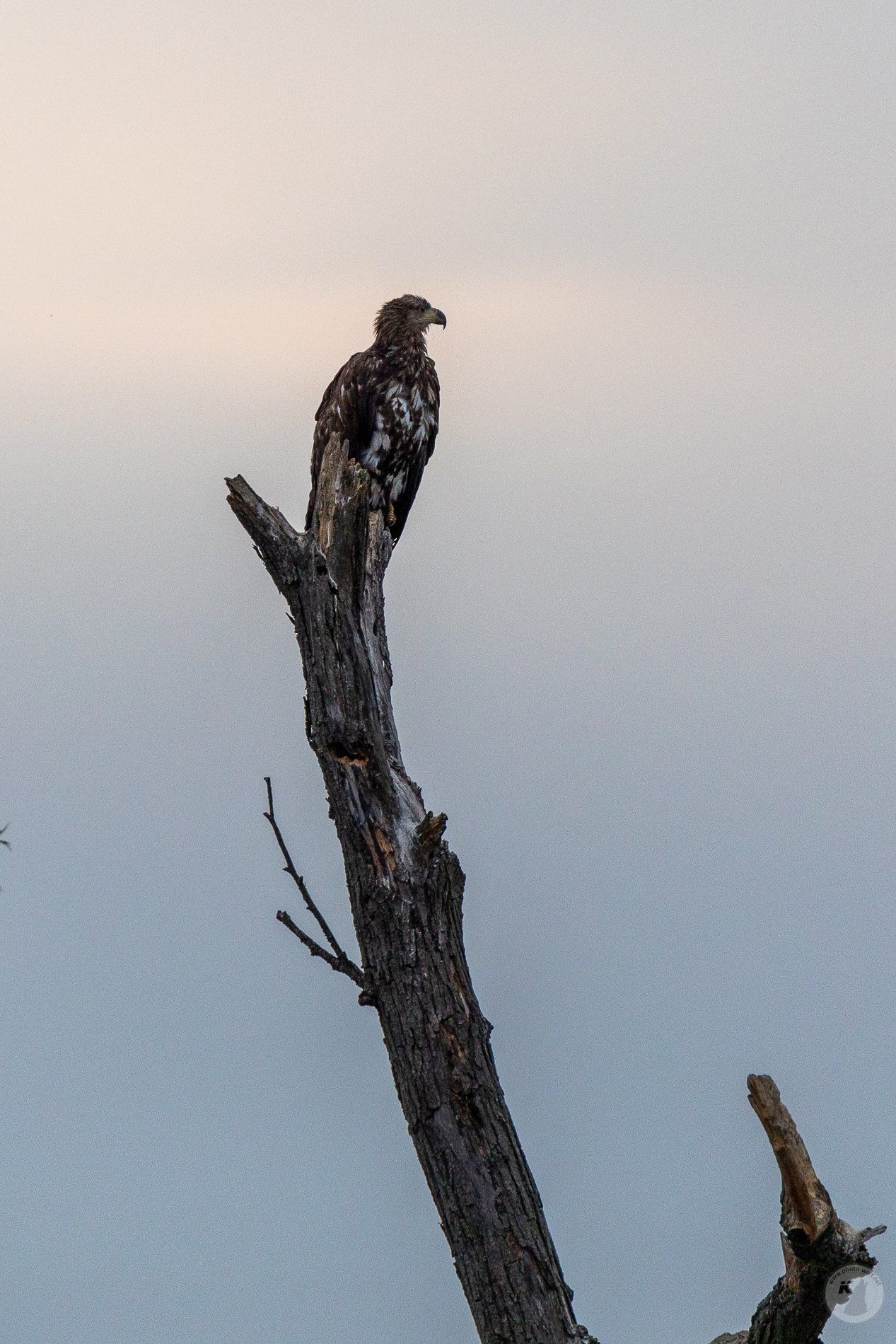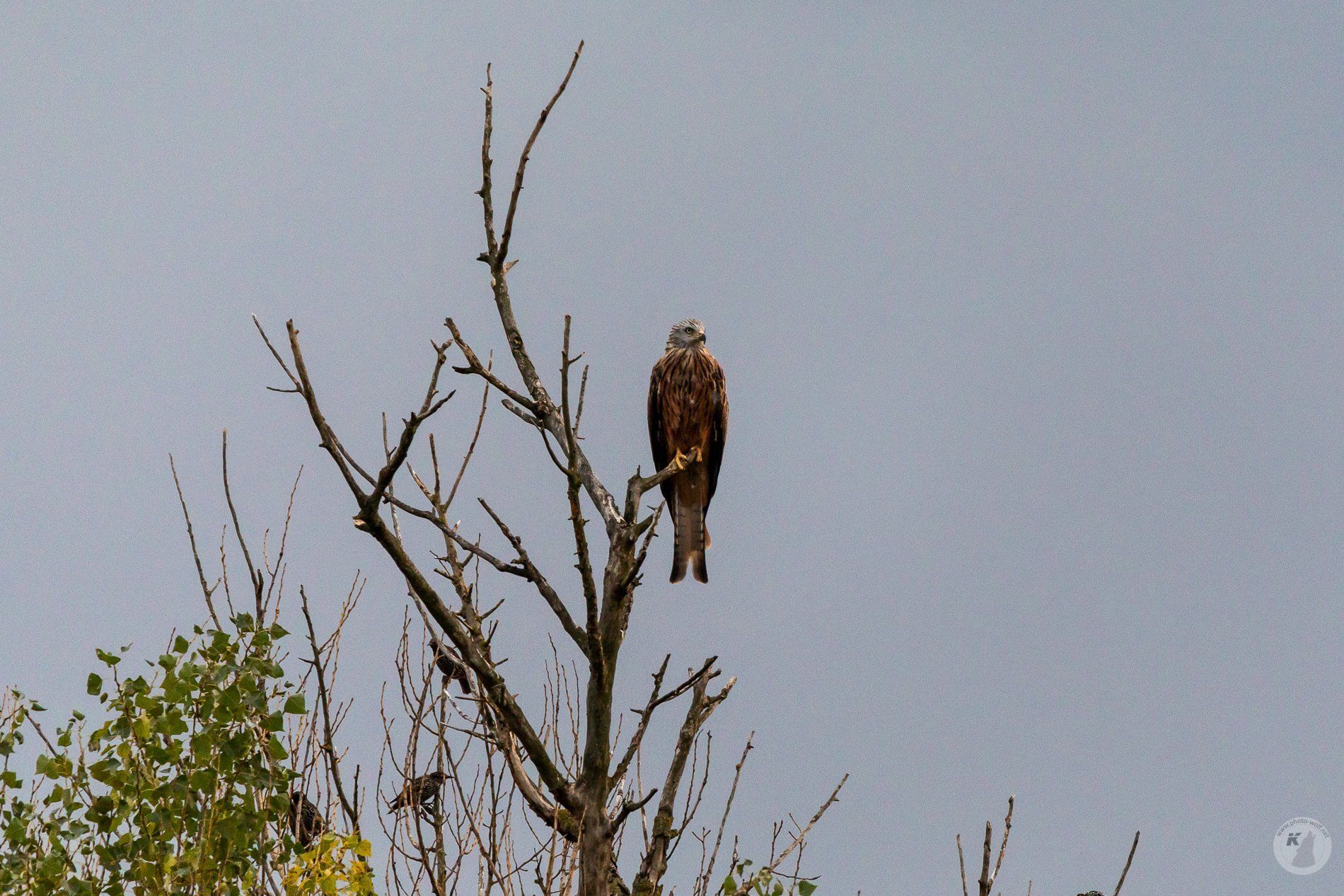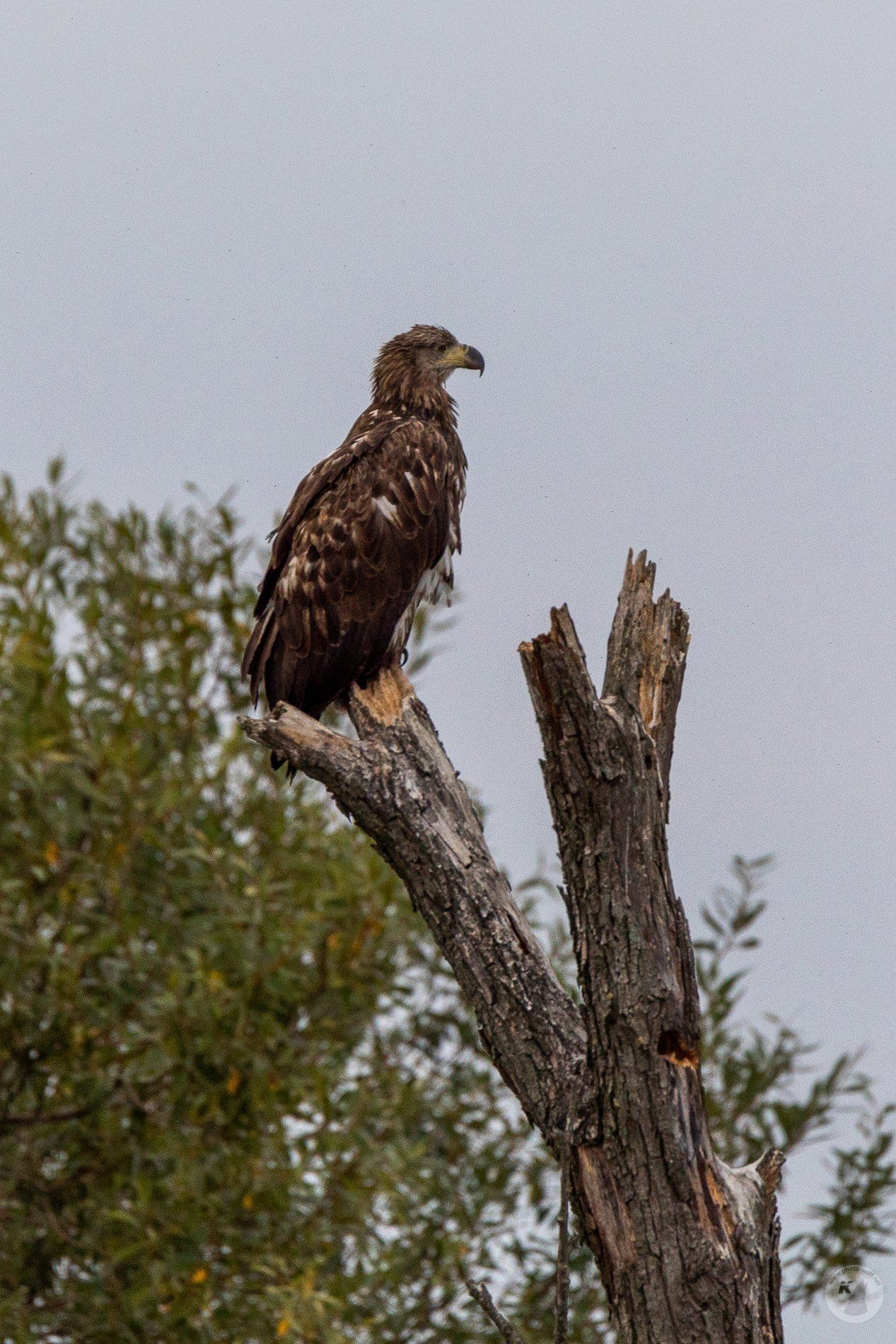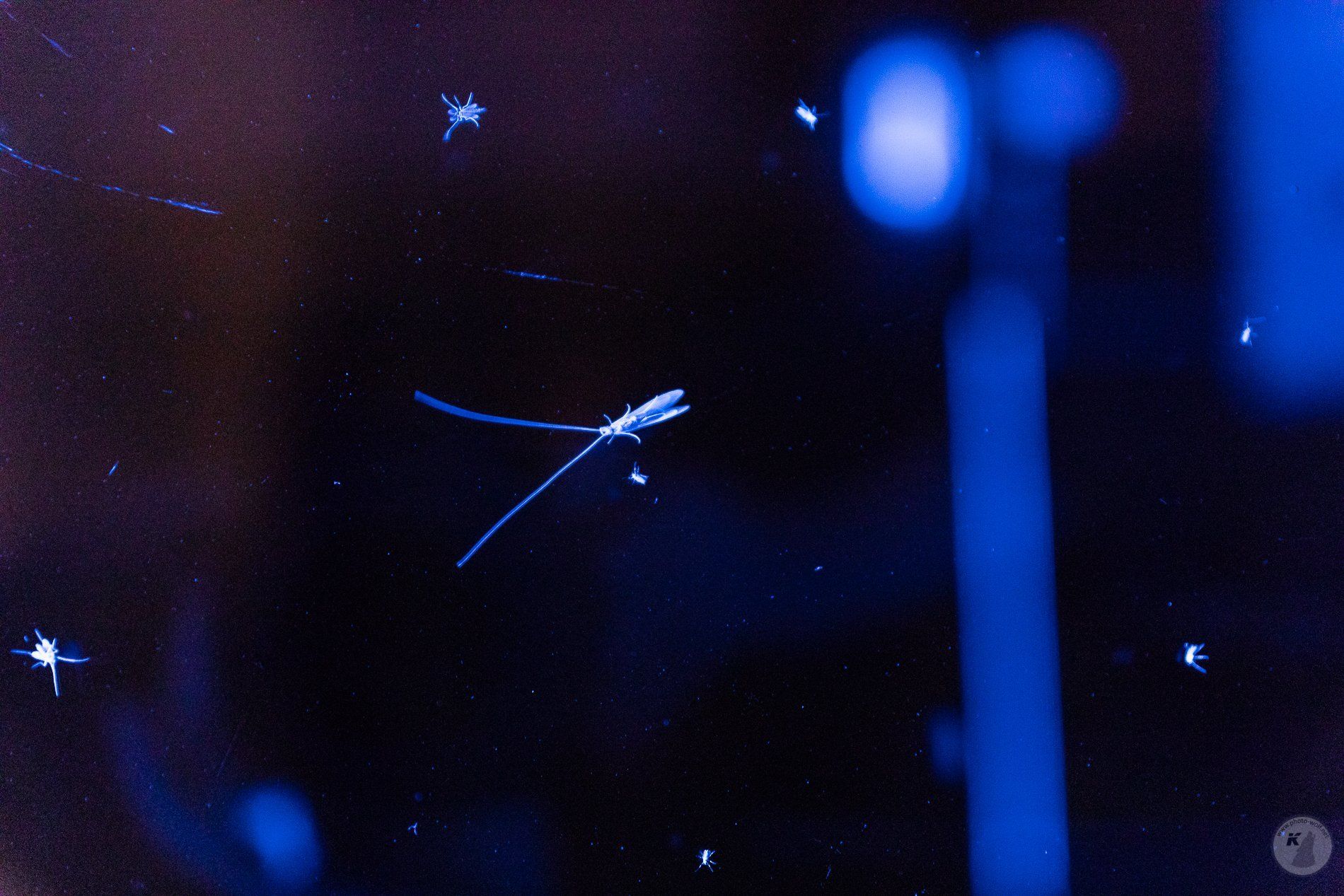The Havel and their animals
The lower Havel lowland is the largest wetland in Central Europe. Due to the sparse settlement and especially the hardly existing wind turbines, as well as the largest river restoration in Central Europe, it is an Eldorado for wildlife. If you take your time, you can observe many, even rare species.
Especially my darlings, the birds of prey to the rare fish and sea eagles can be seen here with luck.
Especially my darlings, the birds of prey to the rare fish and sea eagles can be seen here with luck.
All animal pictures (unsorted) can be seen below as a collection.

Sea Eagle
Very impressive animal, if you see it fly over your head, because adult animals reach quite a span of 250 cm (appr. 100 inches).
He is also on the red list of "endangered" species. In Germany there are currently about 700 breeding pairs. A major threat to the eagle is the use of lead ammunition for game hunting.
He is also on the red list of "endangered" species. In Germany there are currently about 700 breeding pairs. A major threat to the eagle is the use of lead ammunition for game hunting.
Osprey
Brandenburg is the federal state with the largest fish eagle population in Germany. As the osprey relies on ice-free waters, the grapples begin their voyage to central West Africa in September and return at the end of March.
Although it is widespread here, it is on the red list of "endangered" species. In particular, the white-tailed eagles are dying of network overvoltages from fishpond installations.
Although it is widespread here, it is on the red list of "endangered" species. In particular, the white-tailed eagles are dying of network overvoltages from fishpond installations.


Red Milan
In the pictures, the milan often have a ruffled plumage, but that is due to the consequences of the breeding season. On the Havel they find an optimal environment, because in other areas many milans die from power lines and wind turbines. Unfortunately, these are also very often victims of poison attacks.
Thus, the Red Milan is on the "warning list" of strongly declining species. Nevertheless, Germany accommodates about 60% of the world population (!).
Thus, the Red Milan is on the "warning list" of strongly declining species. Nevertheless, Germany accommodates about 60% of the world population (!).
Here is an overview of the other beasts we have seen.

Gray Heron

Great Egrets

Cormorant

Swan

Ducks

Gray Goose

Move

Bald Coot

Common Swift

Biver



